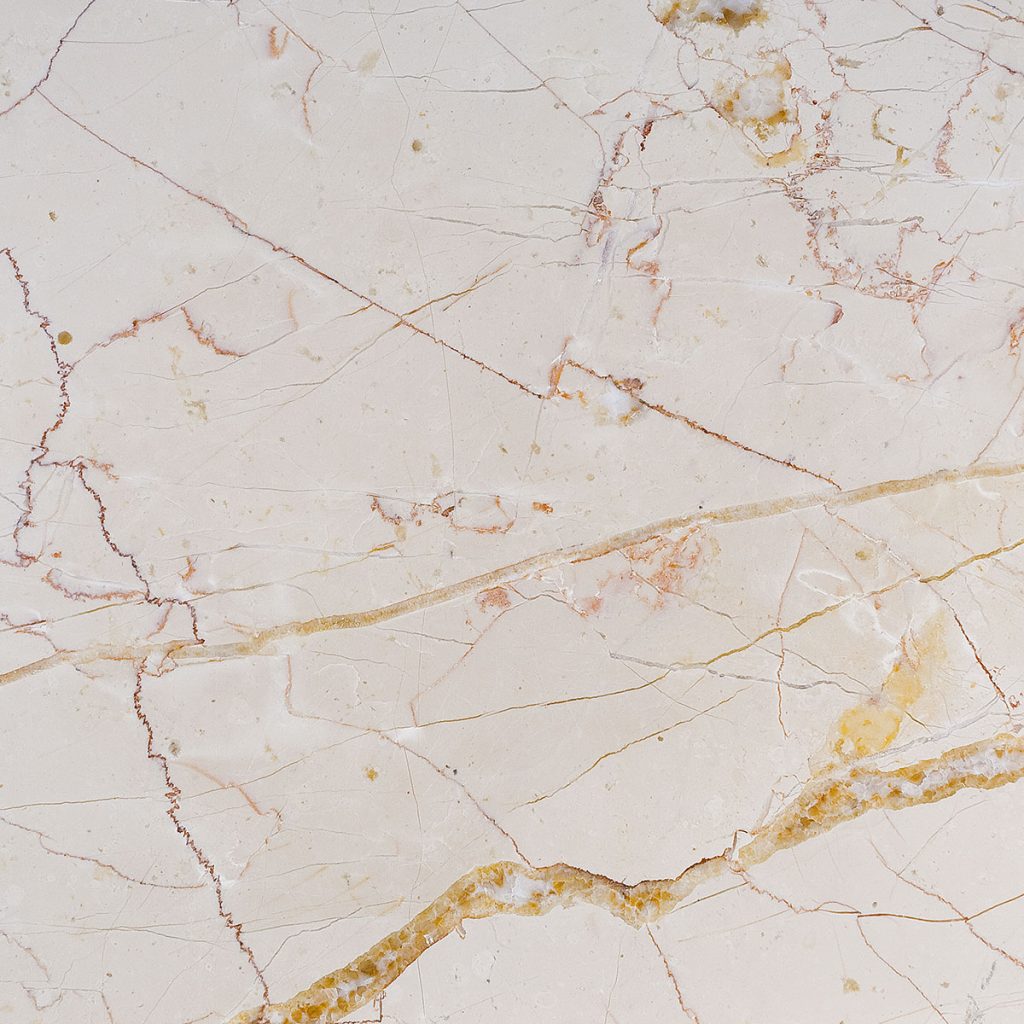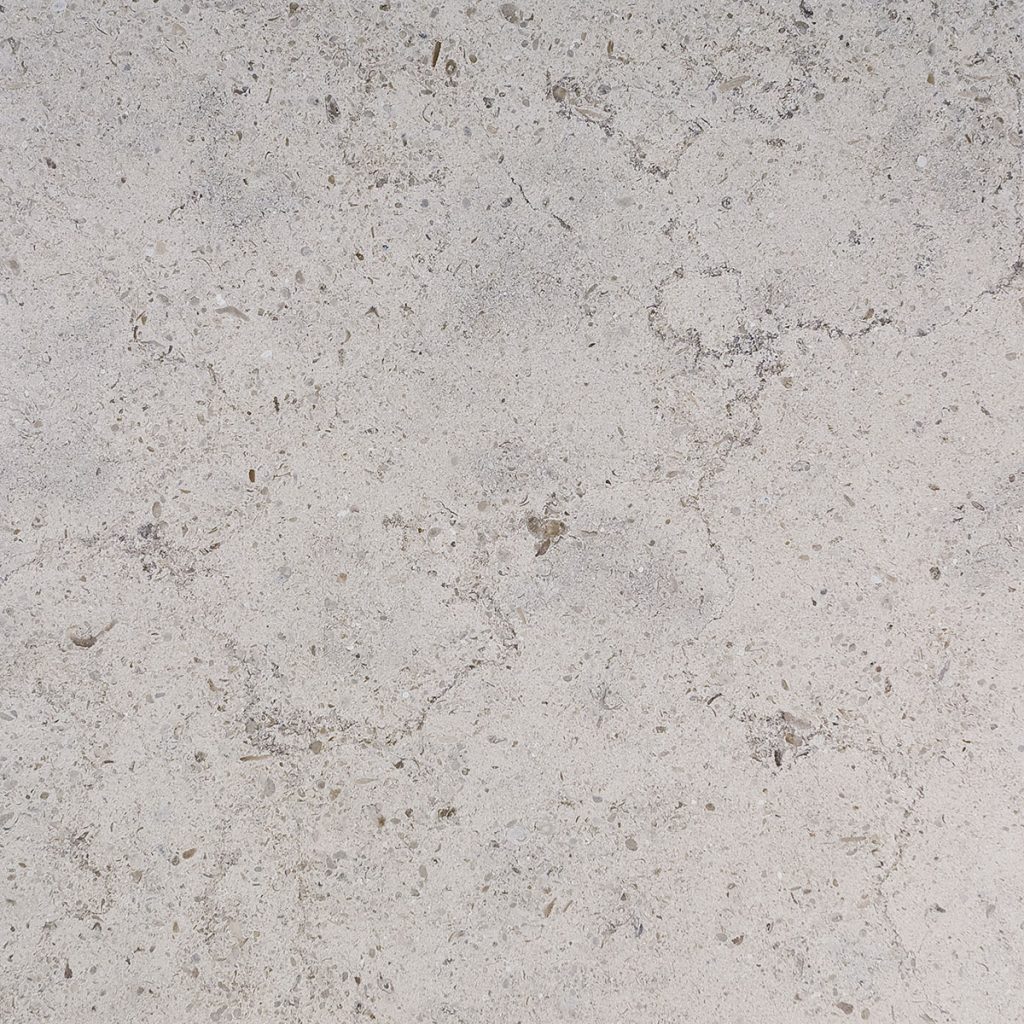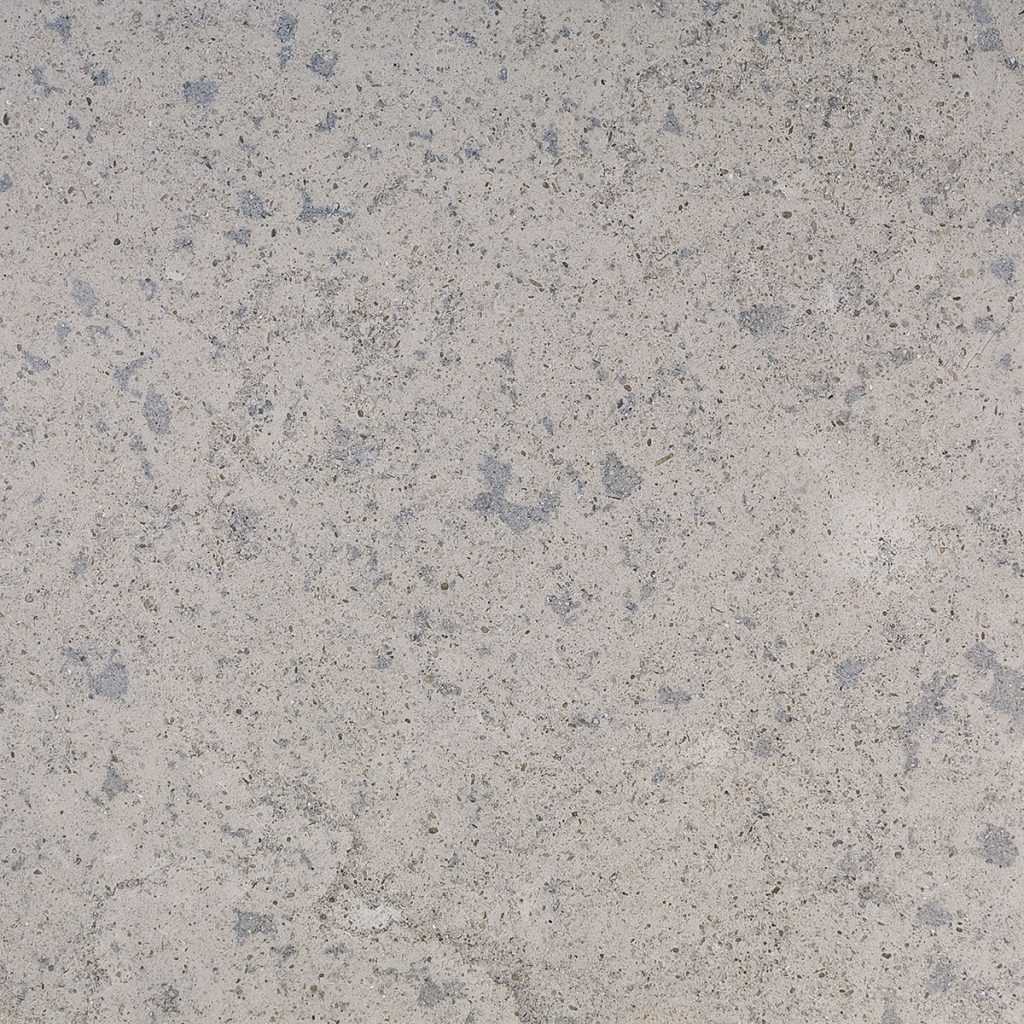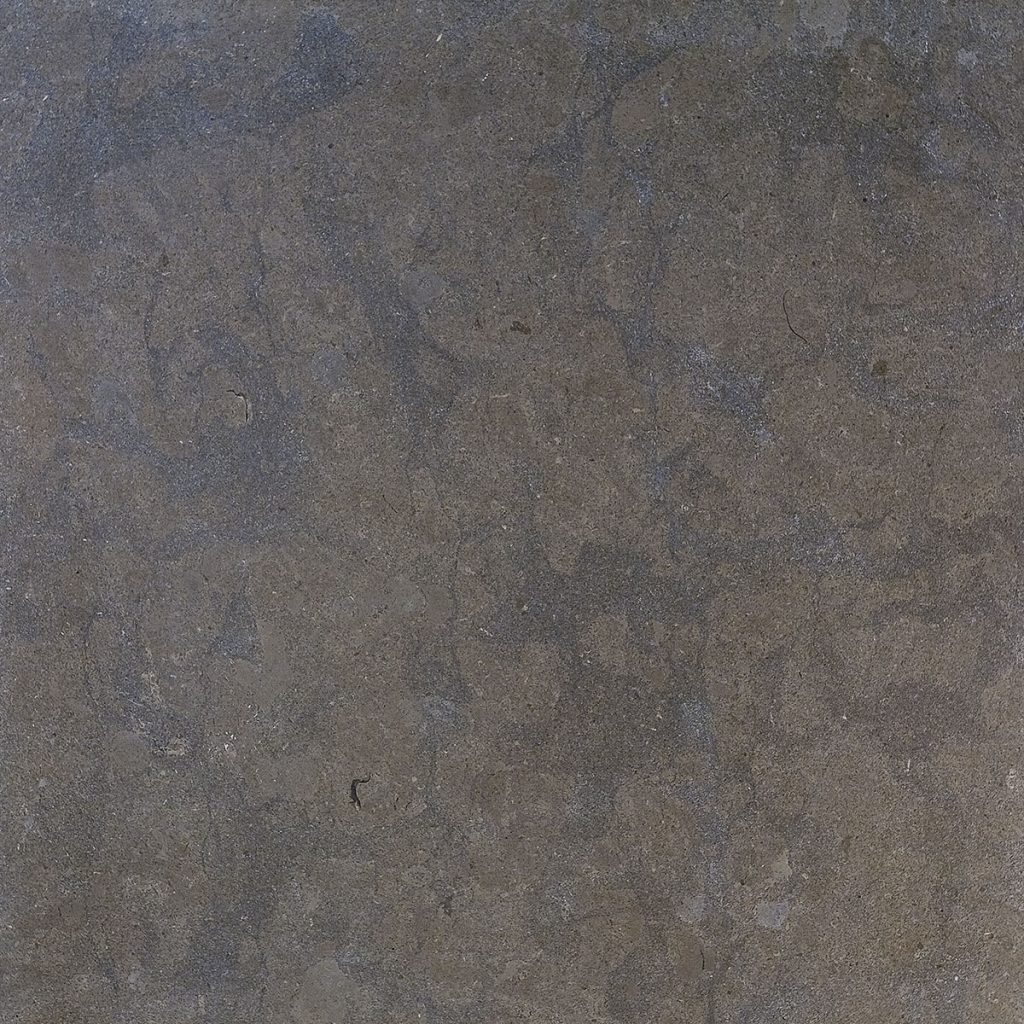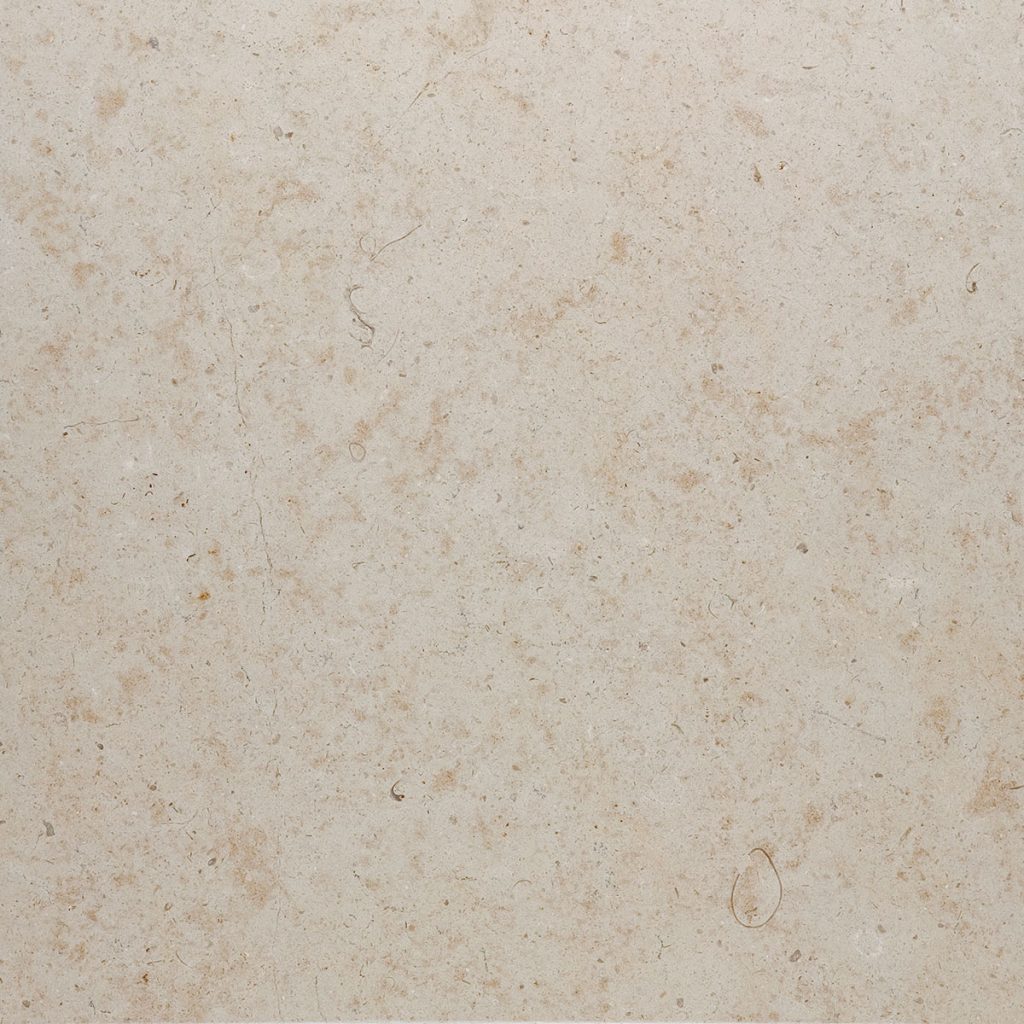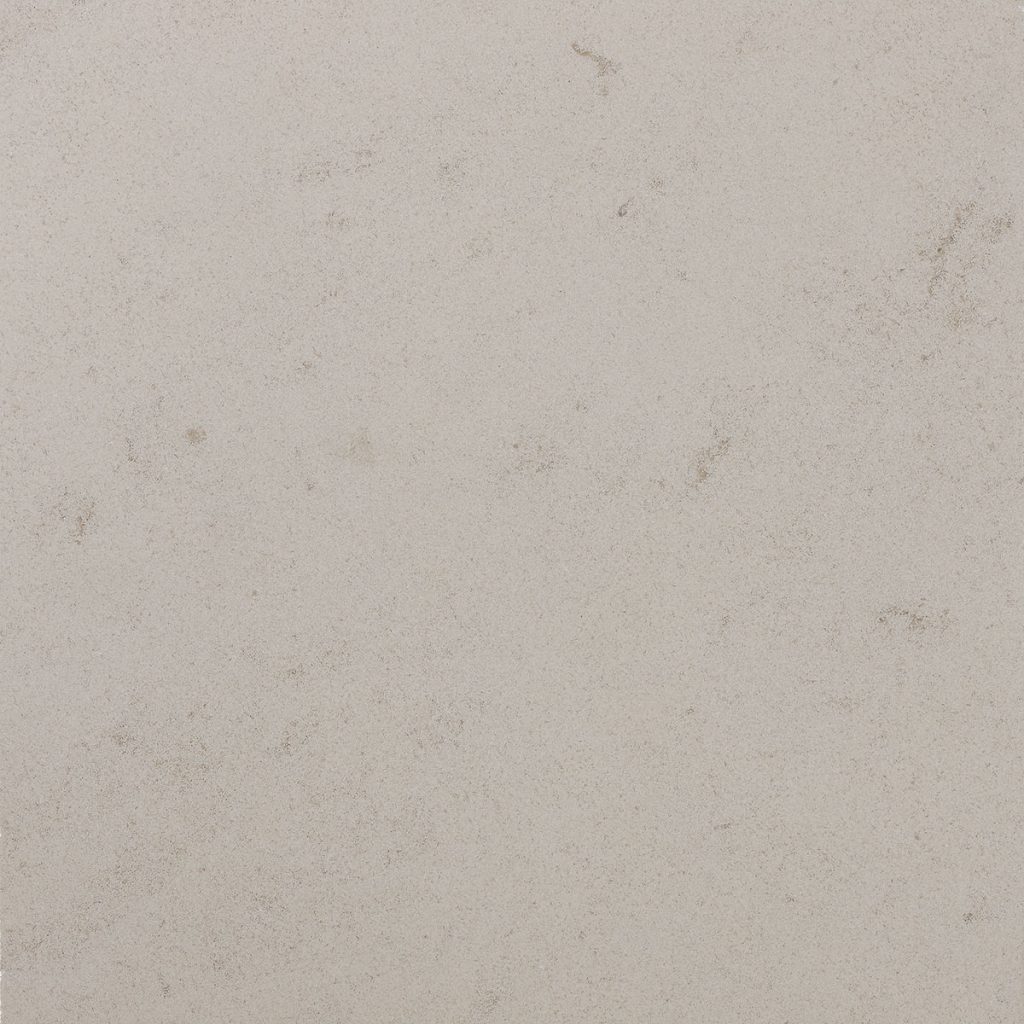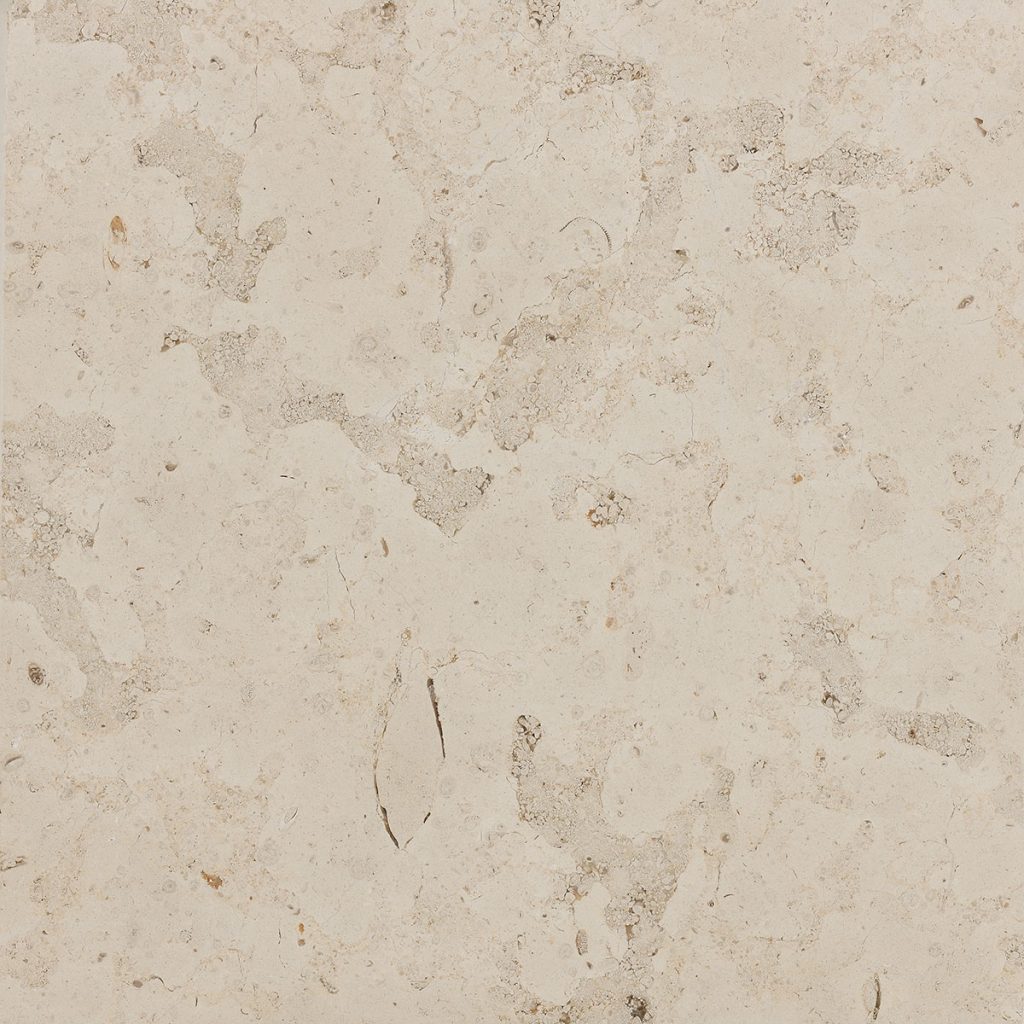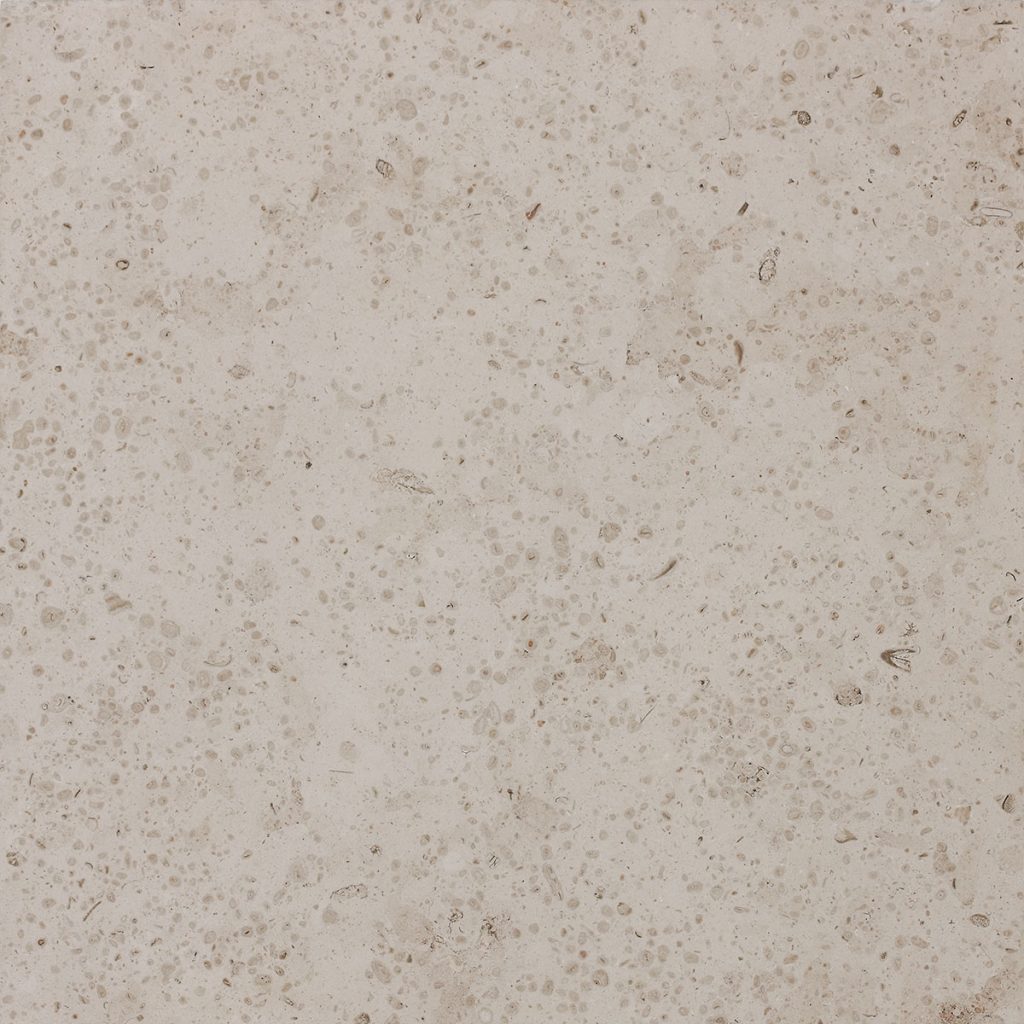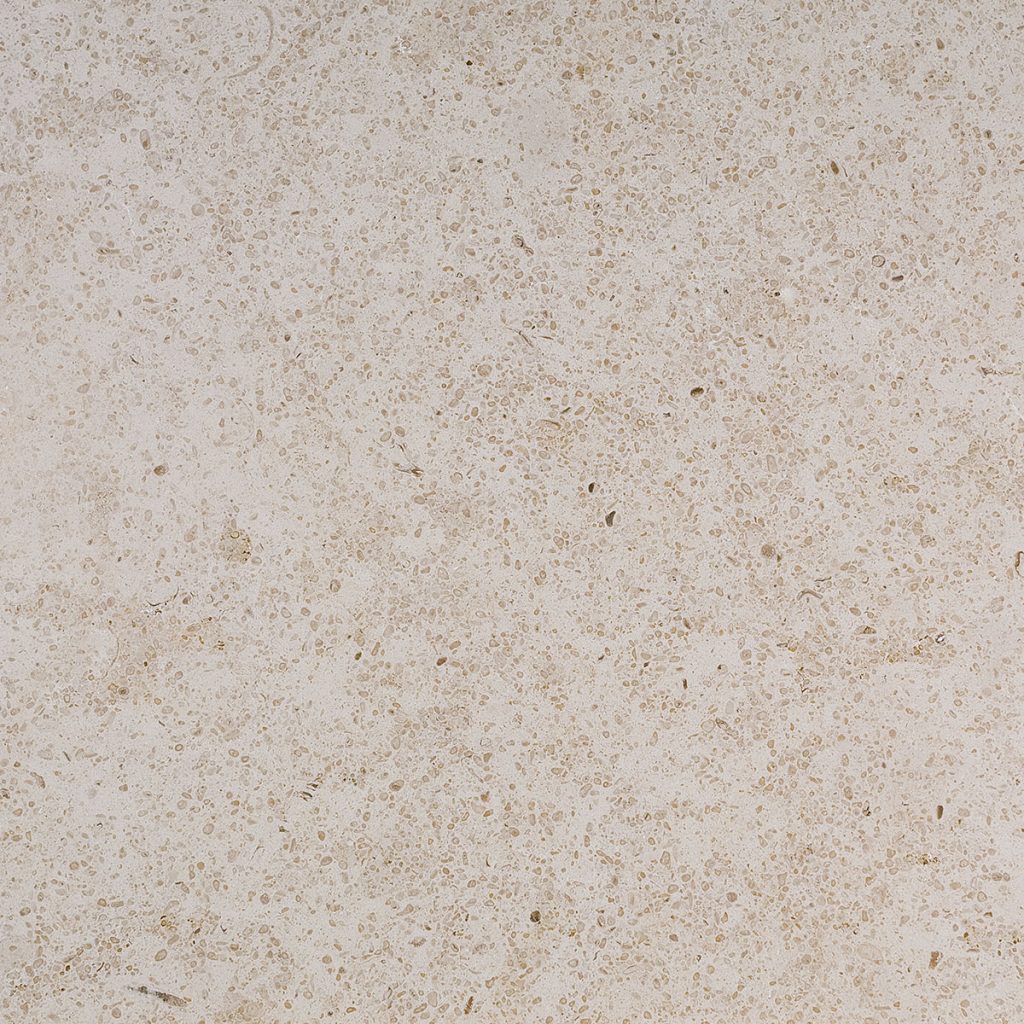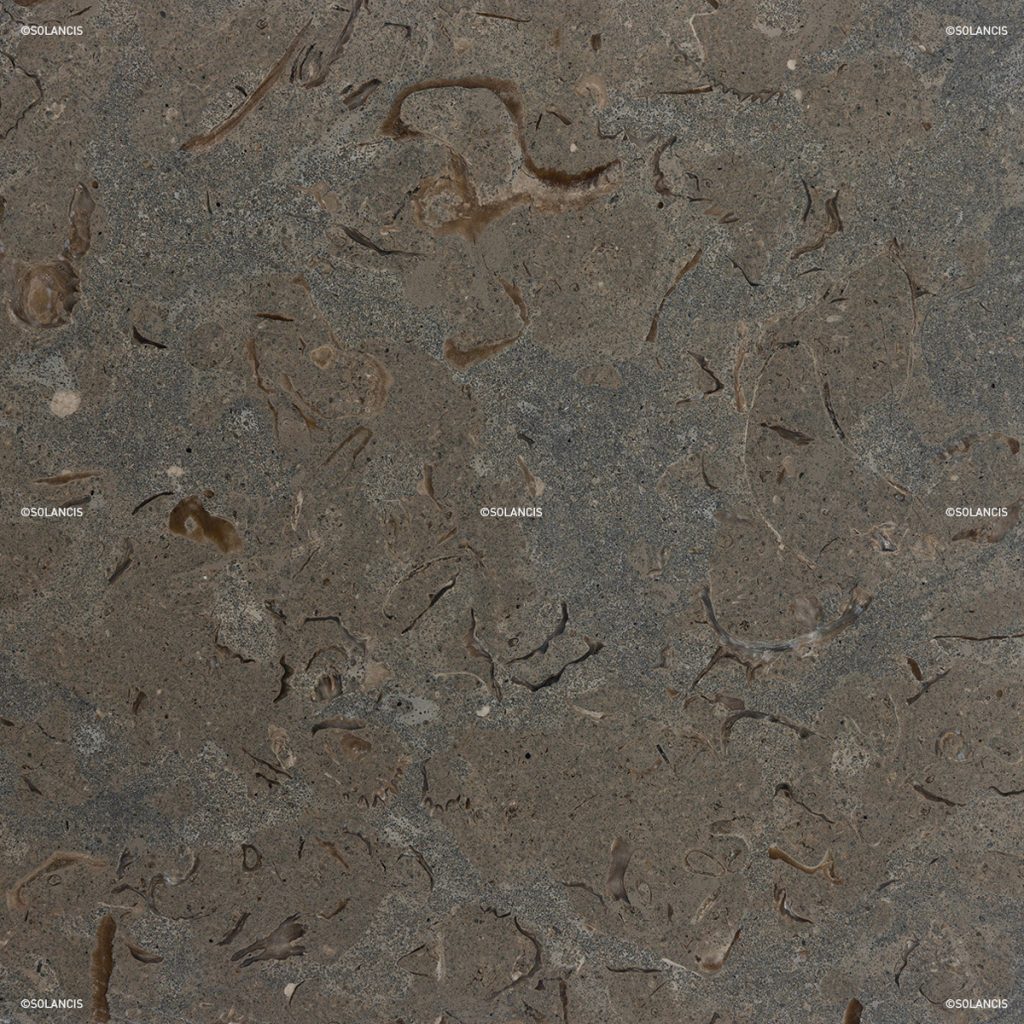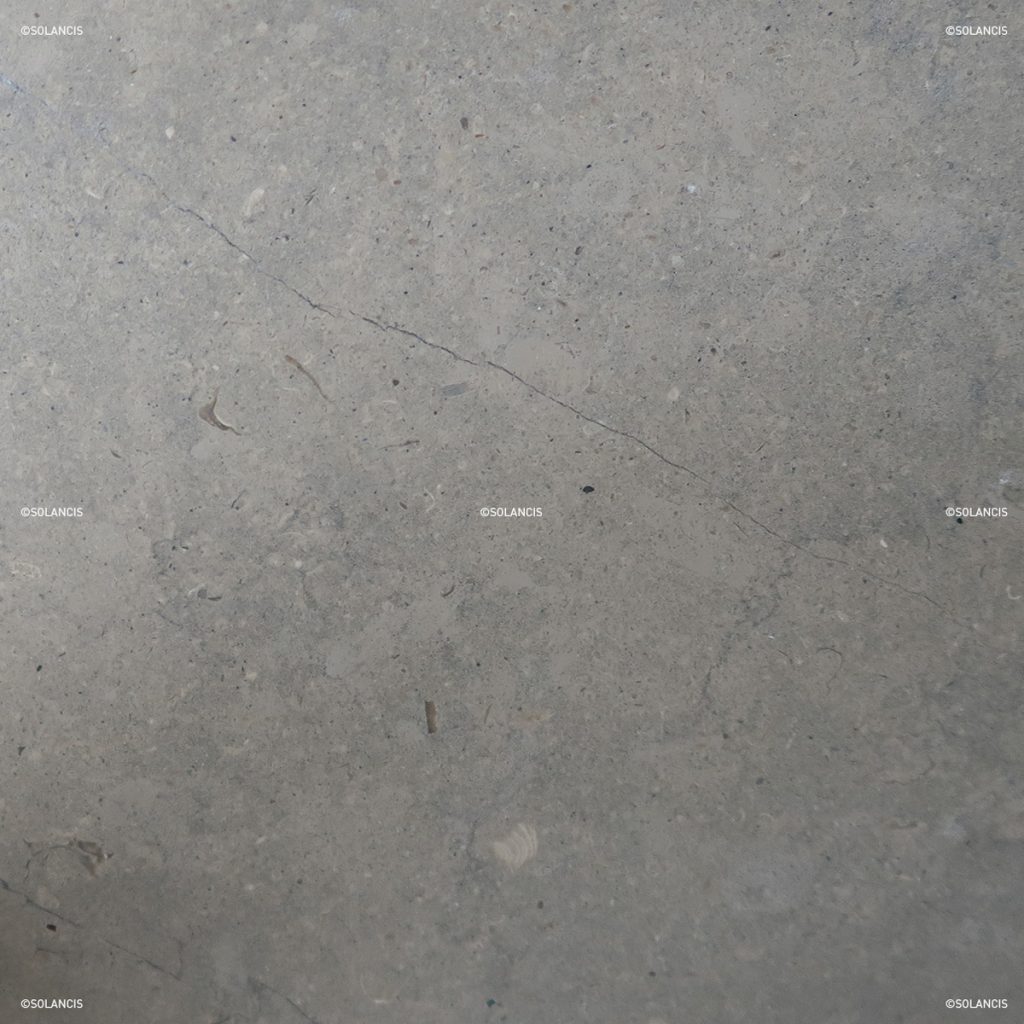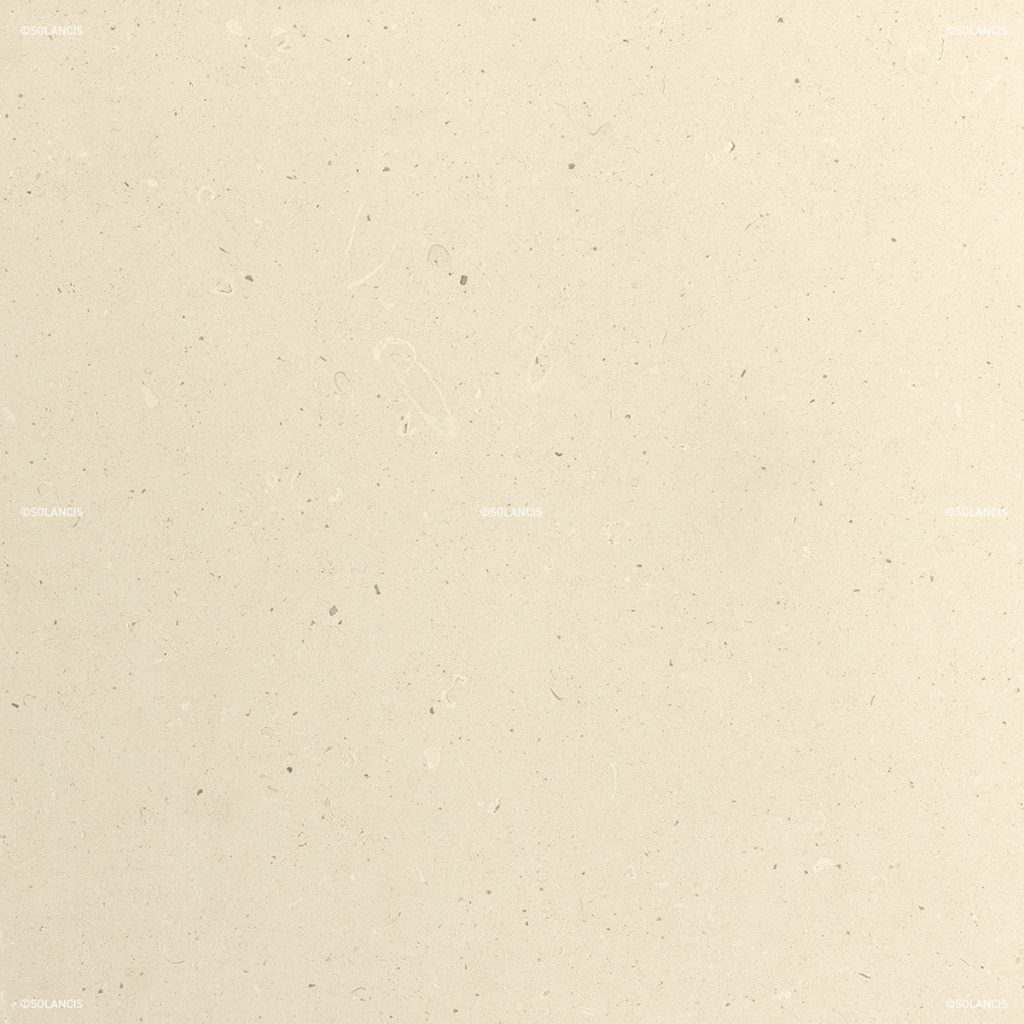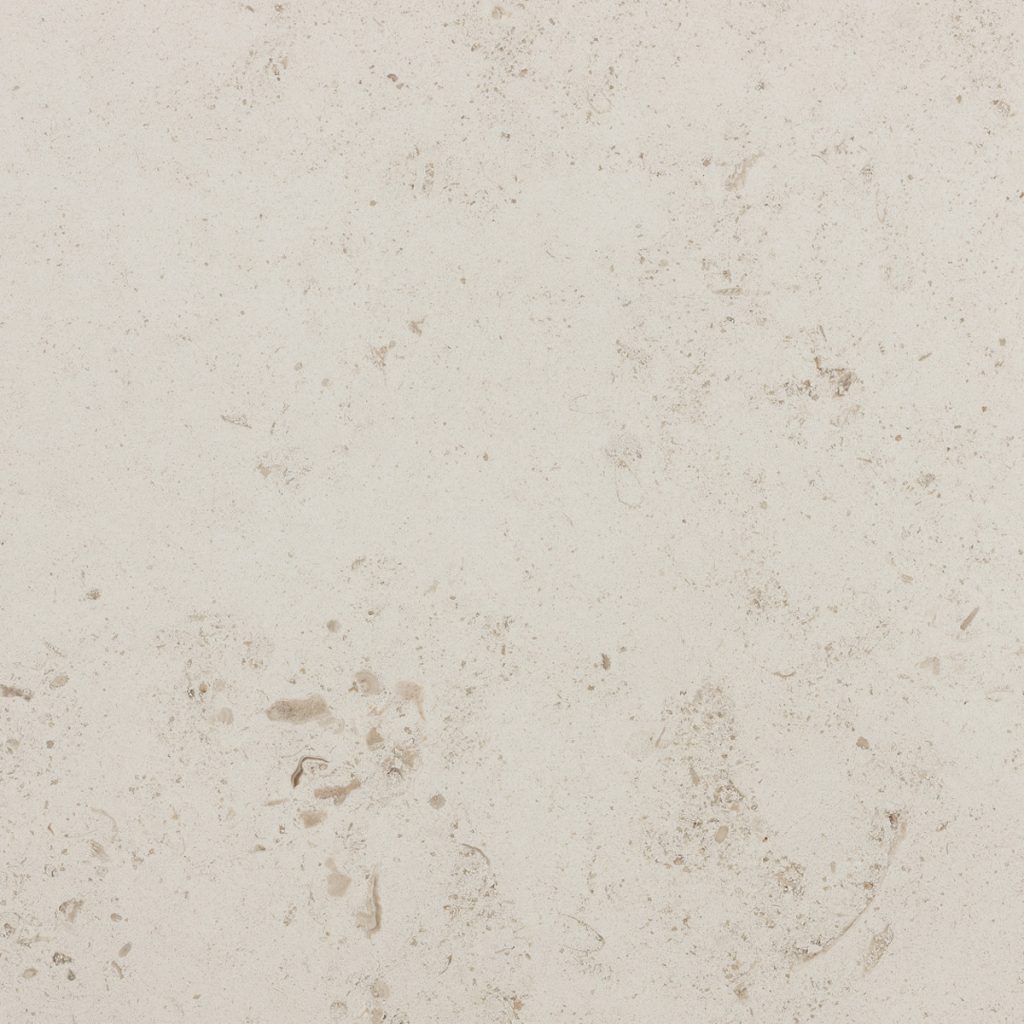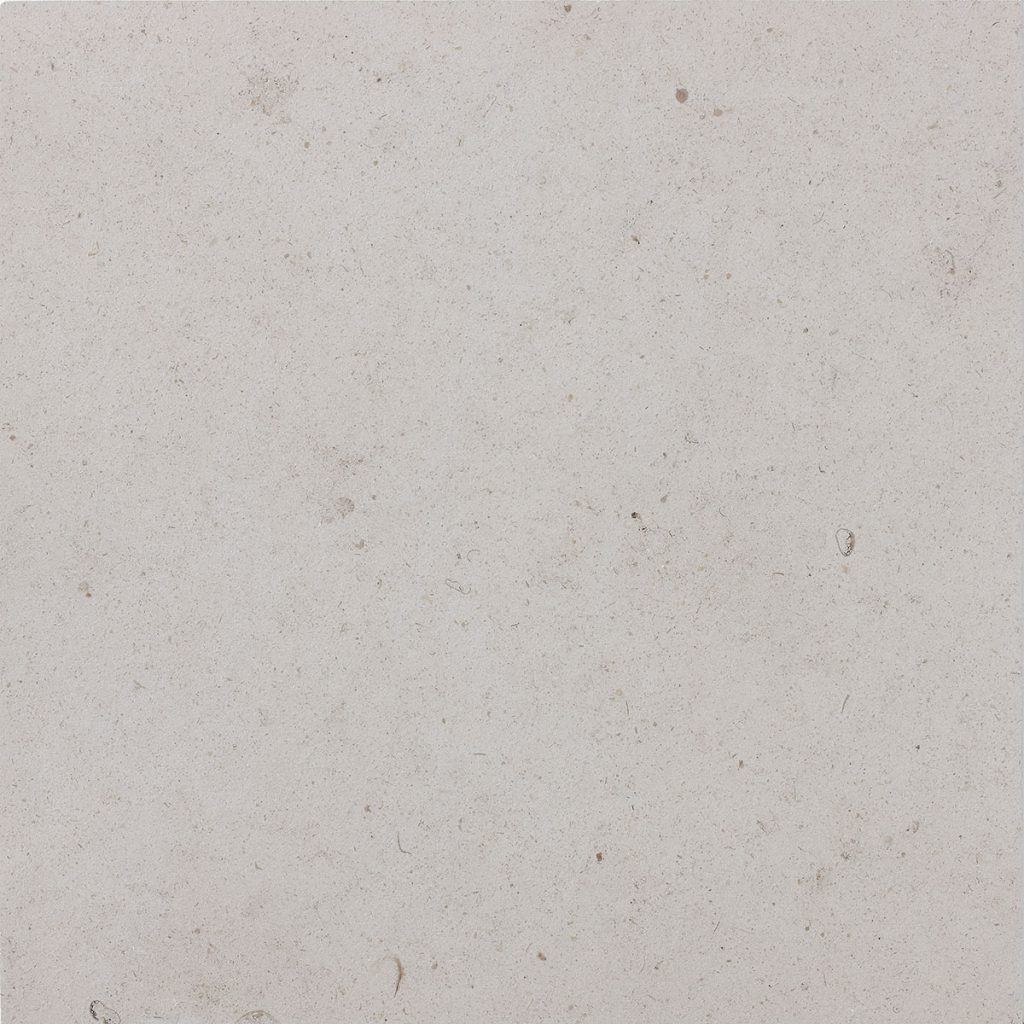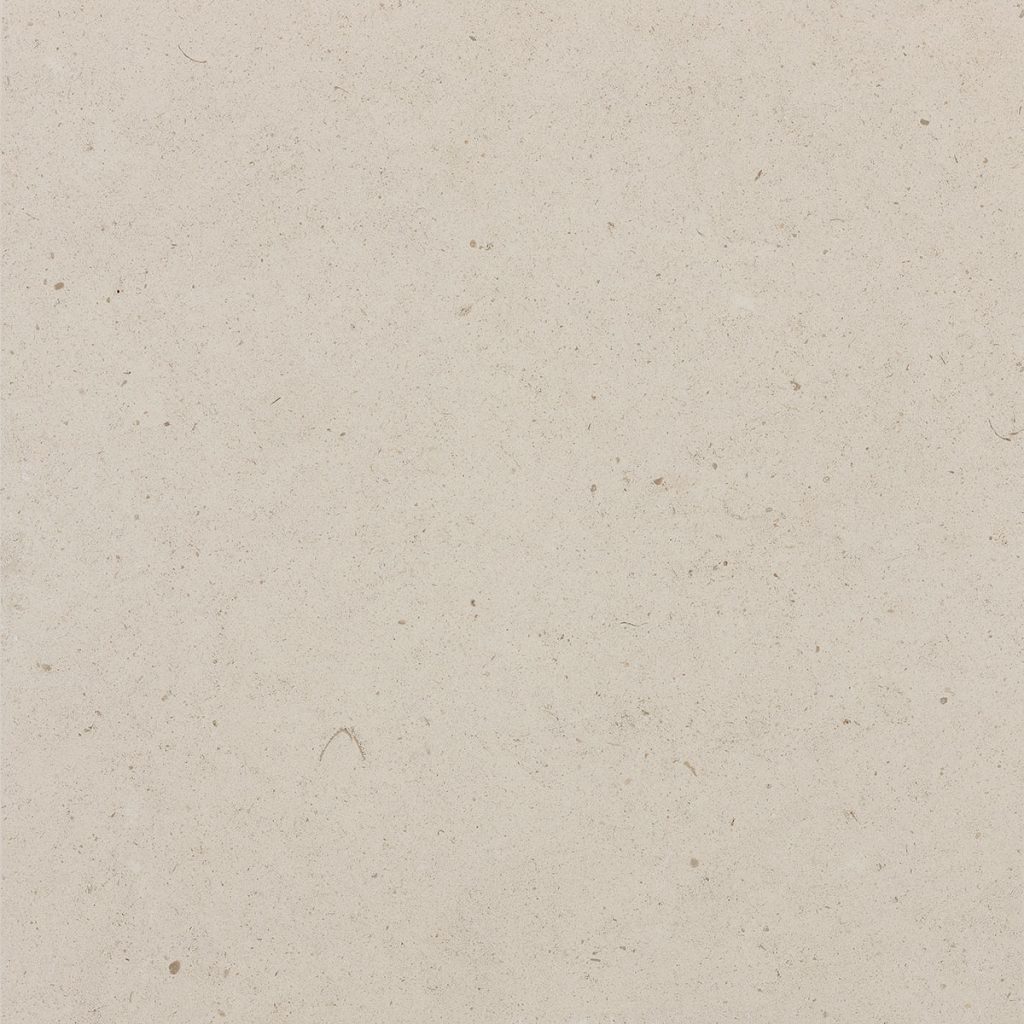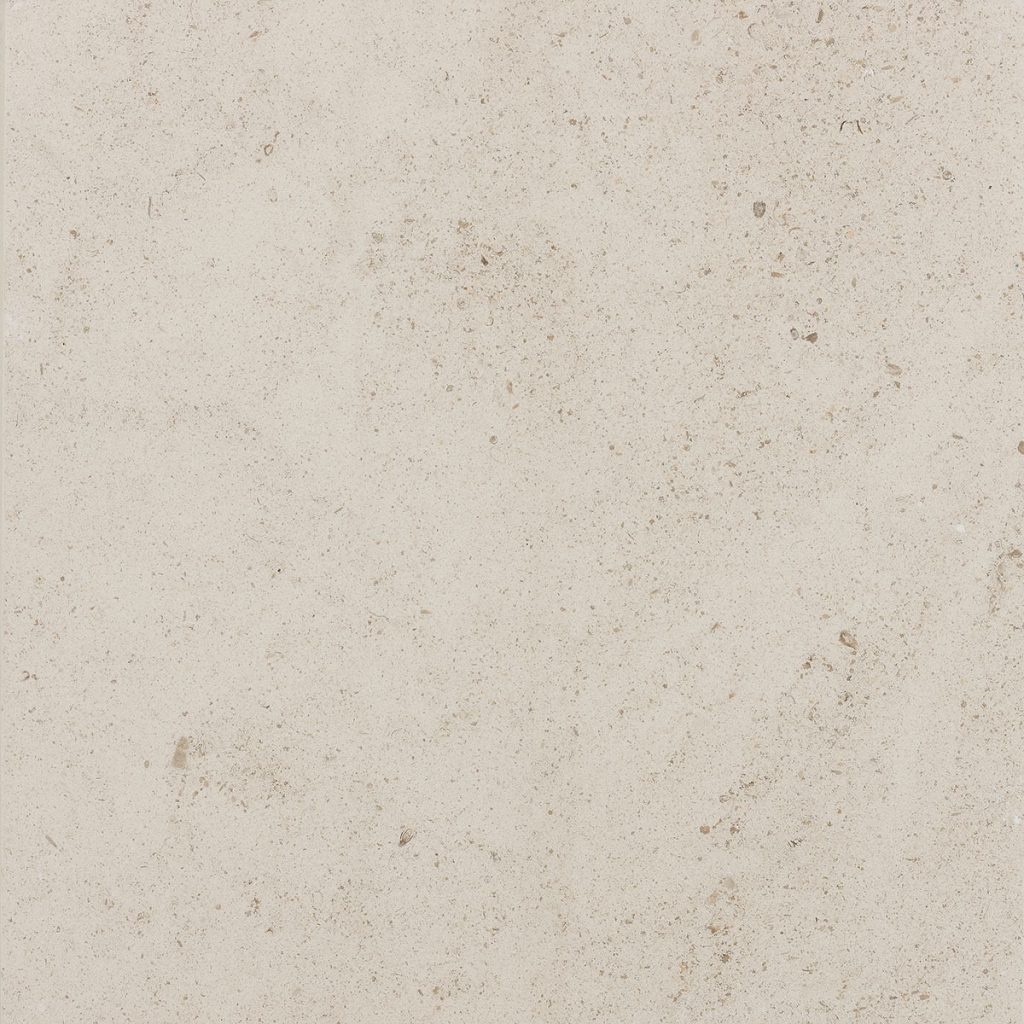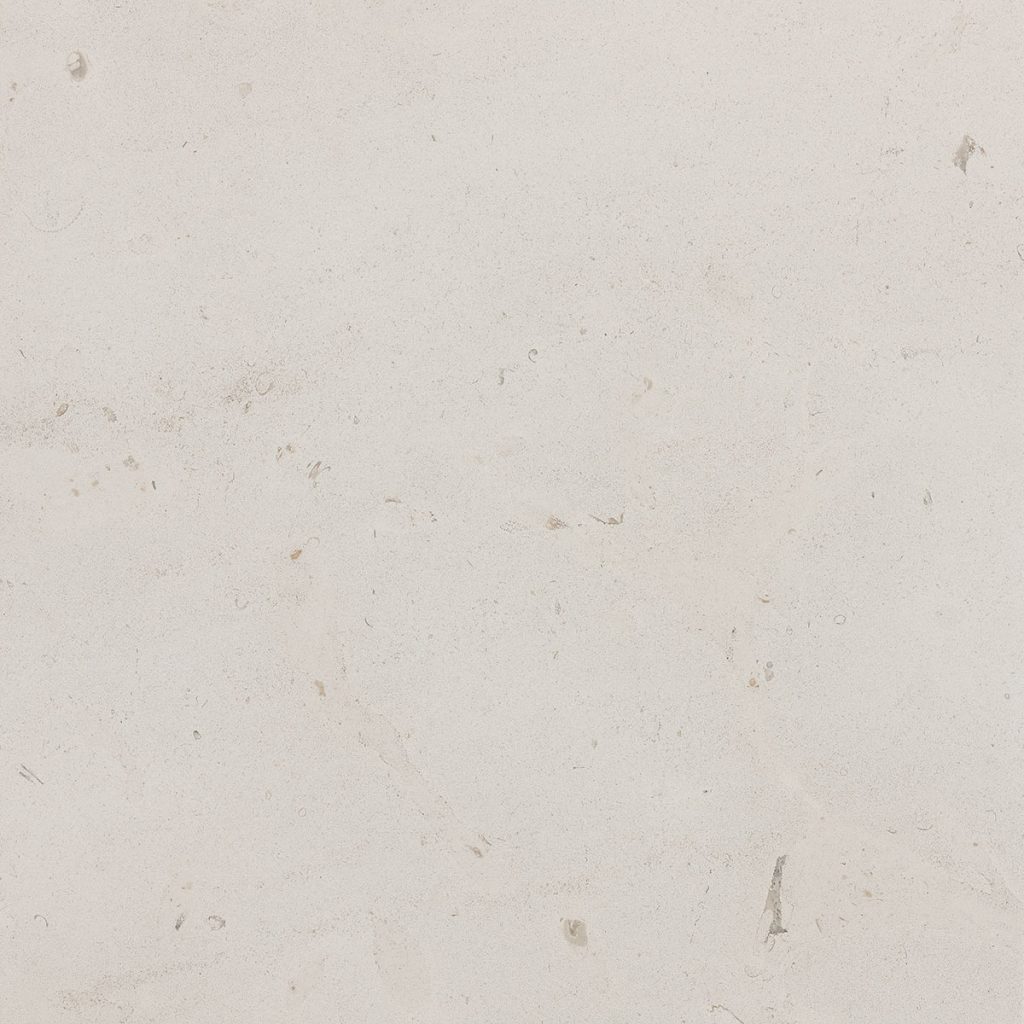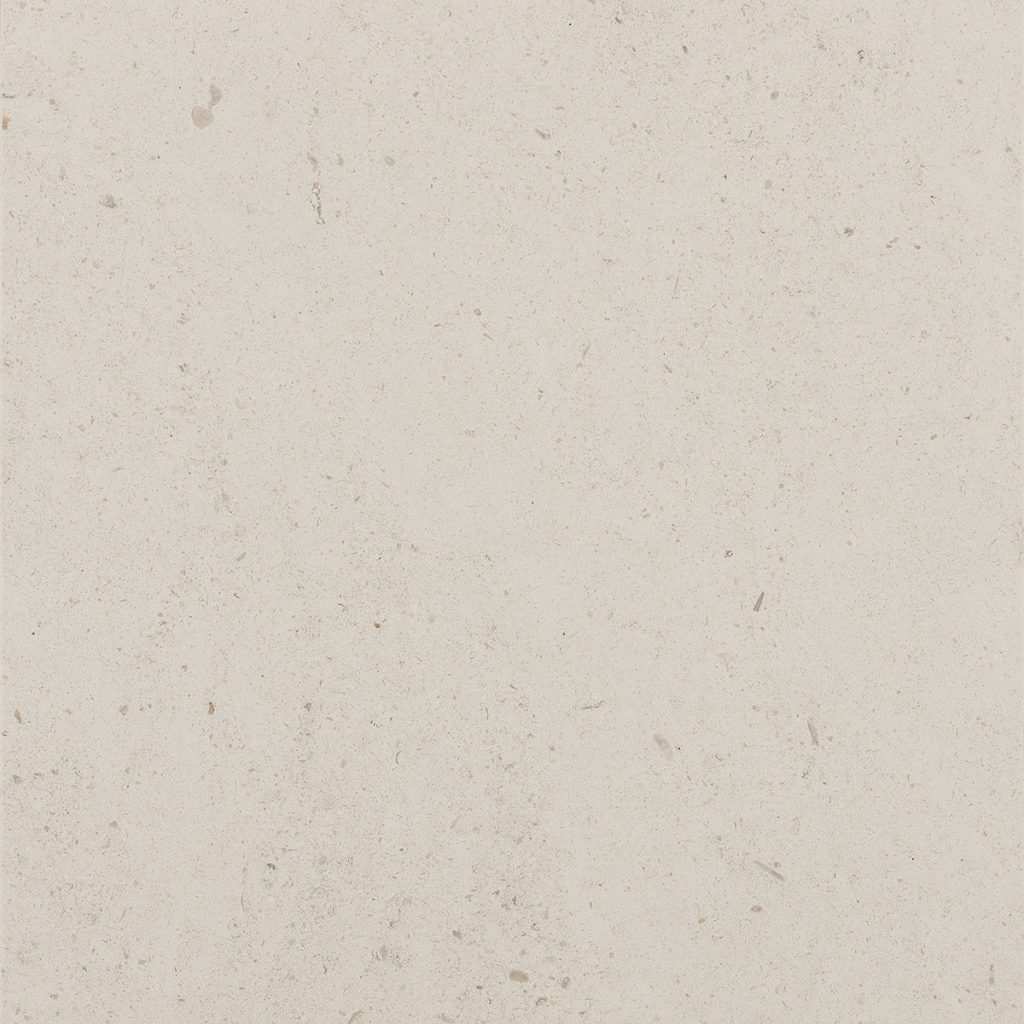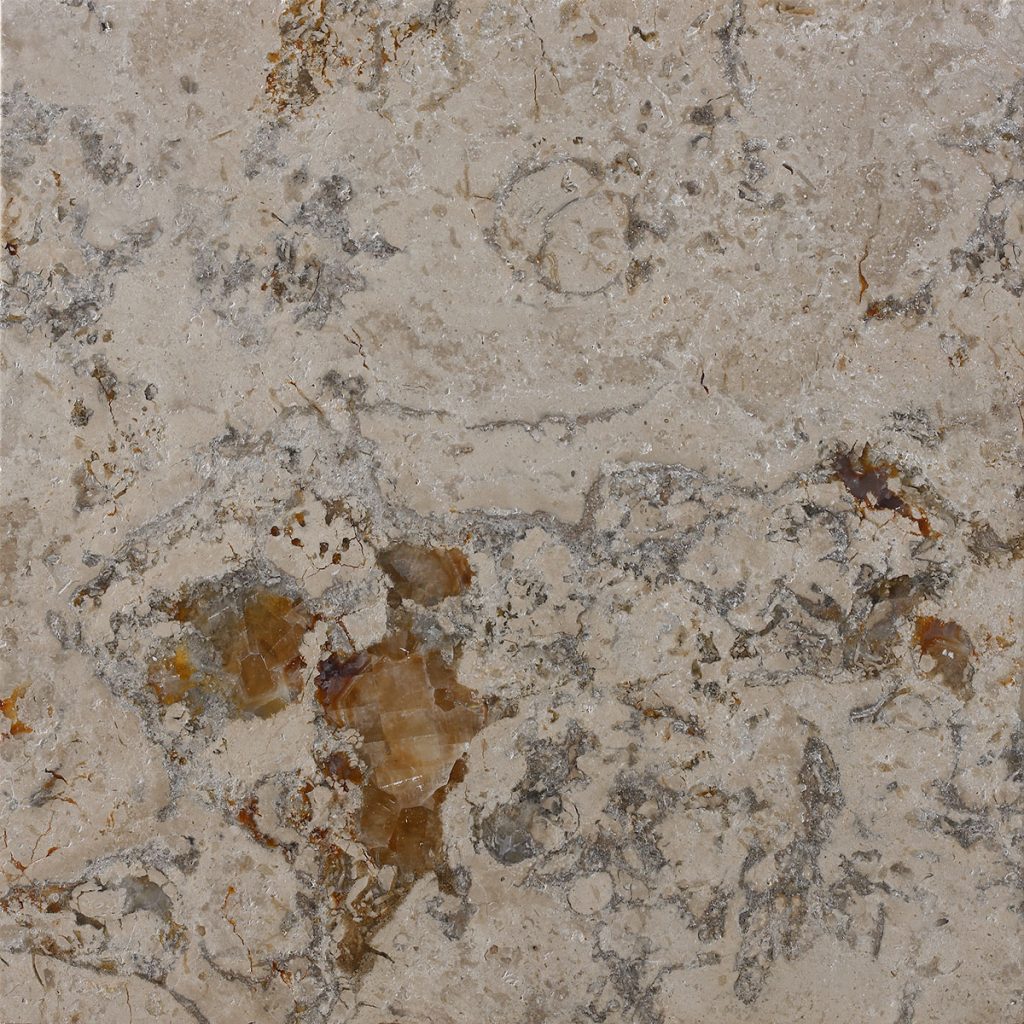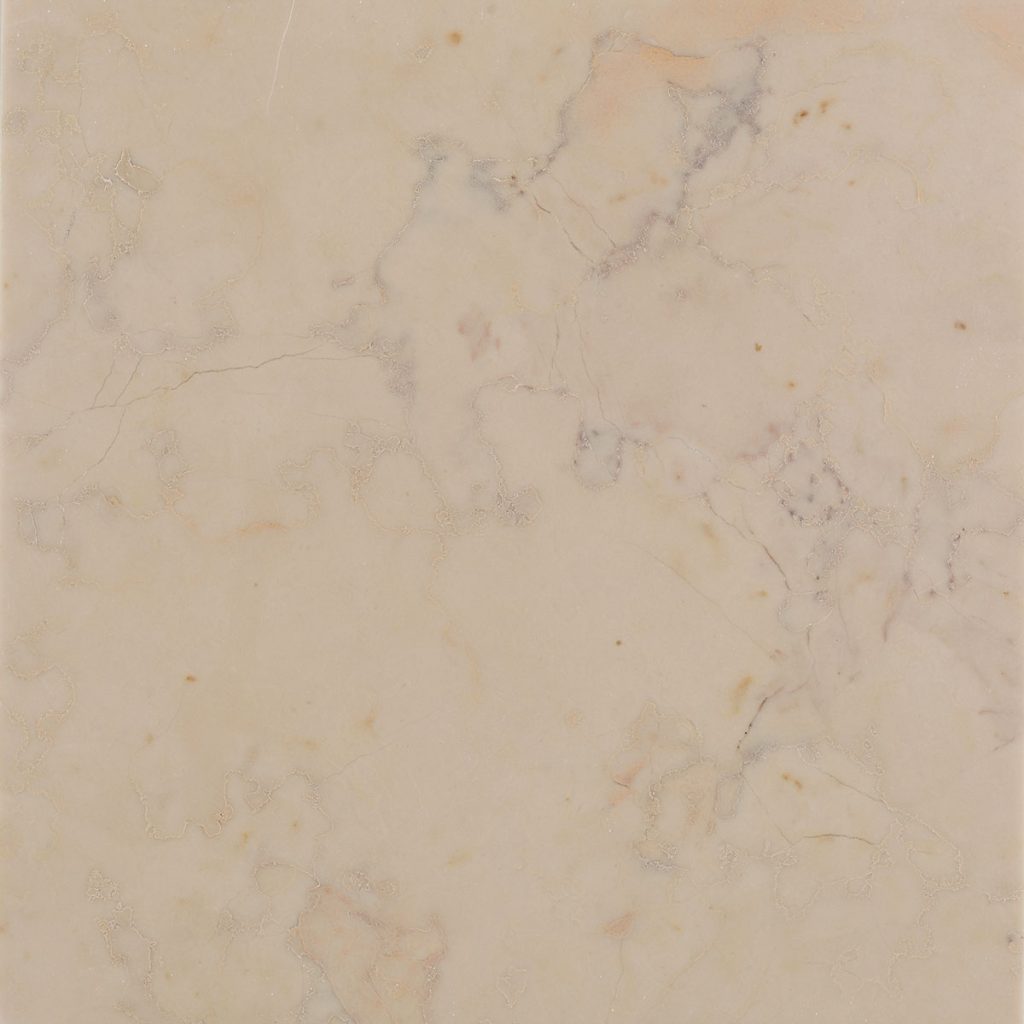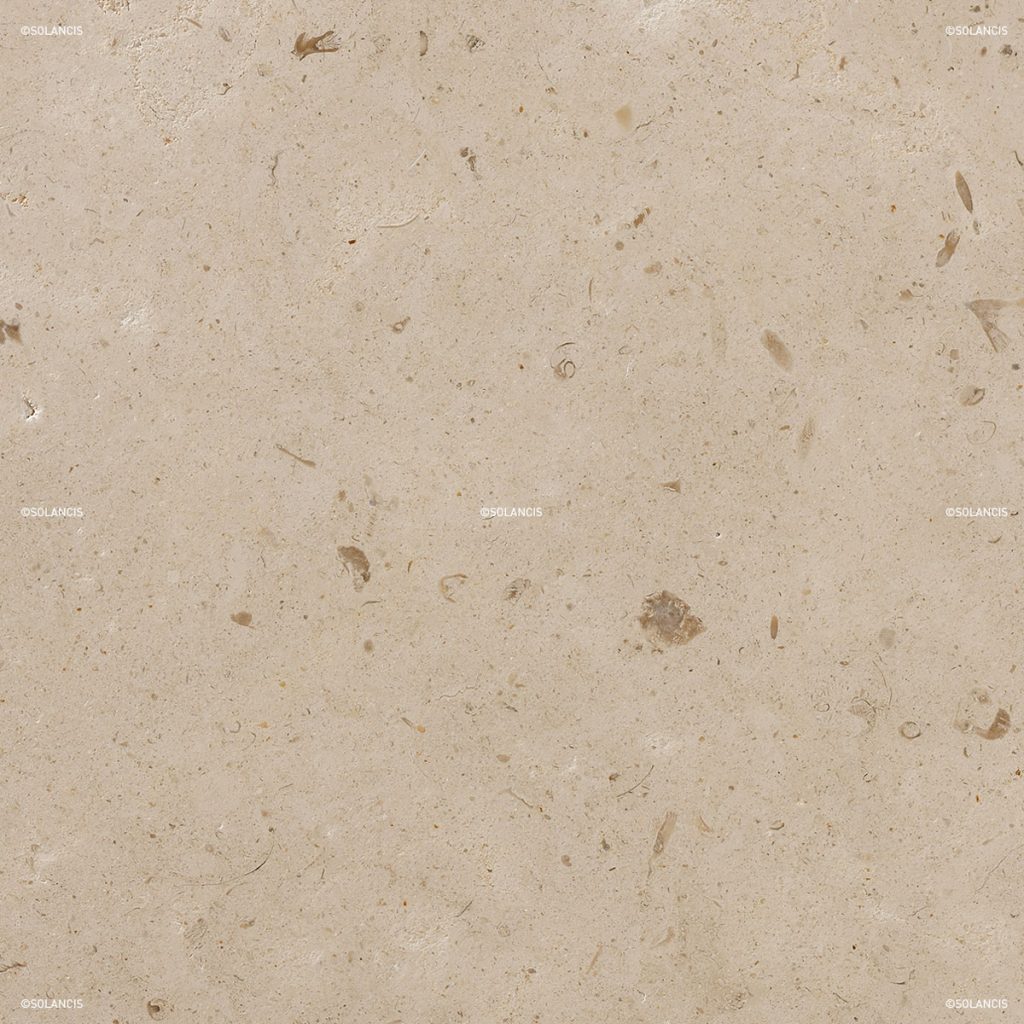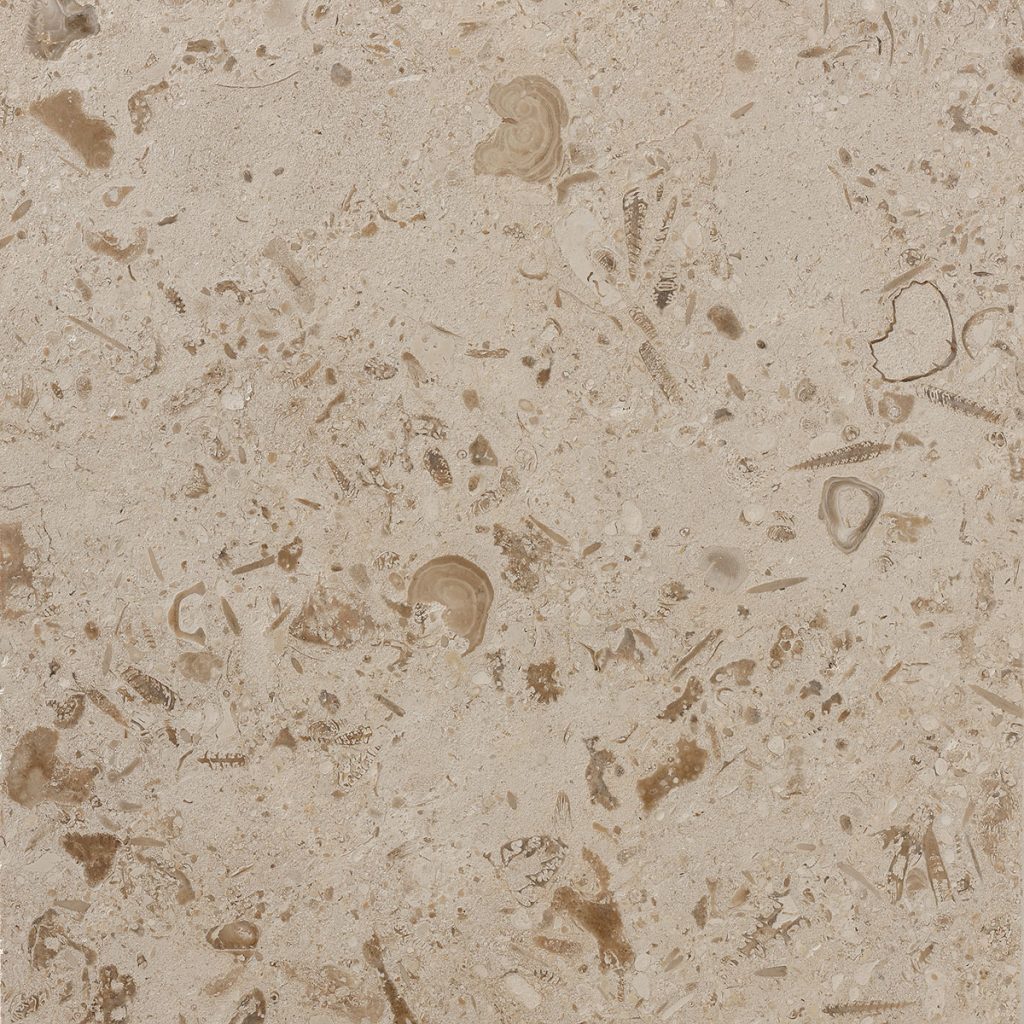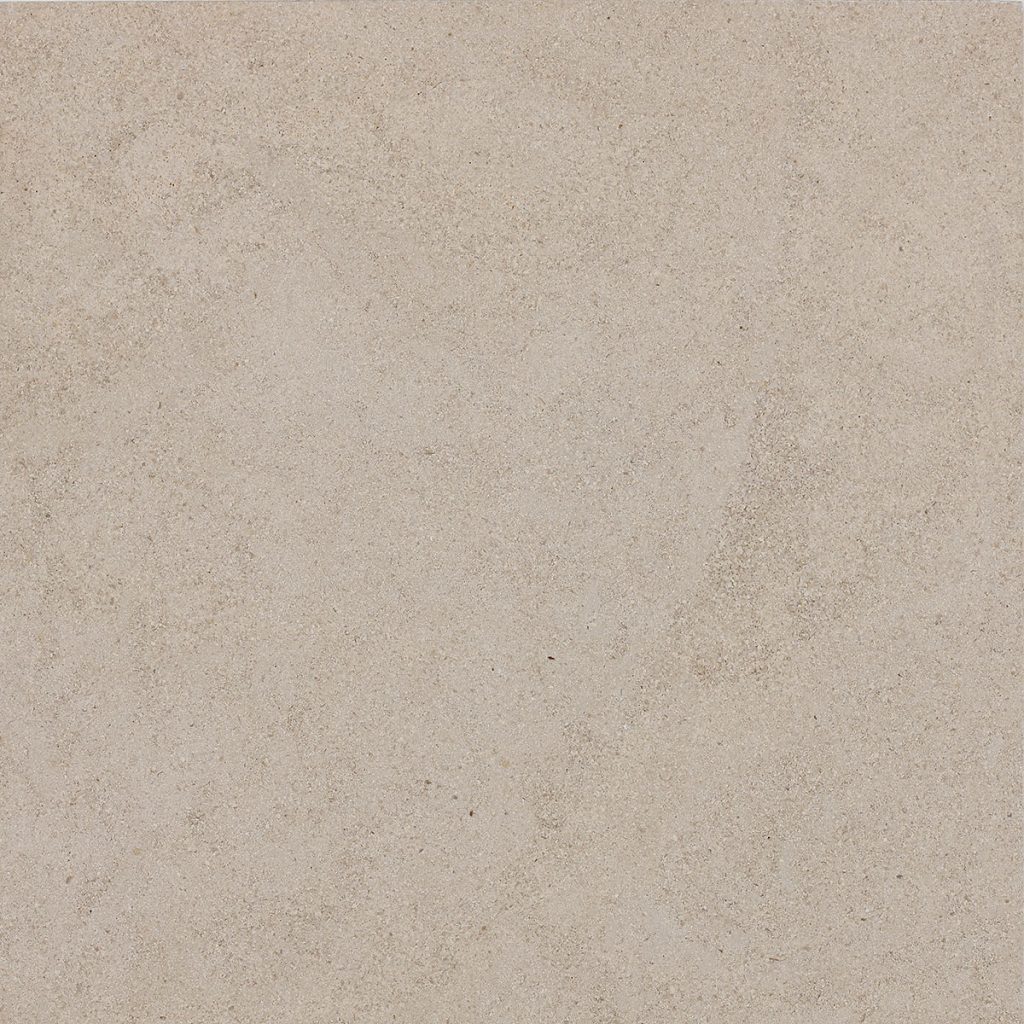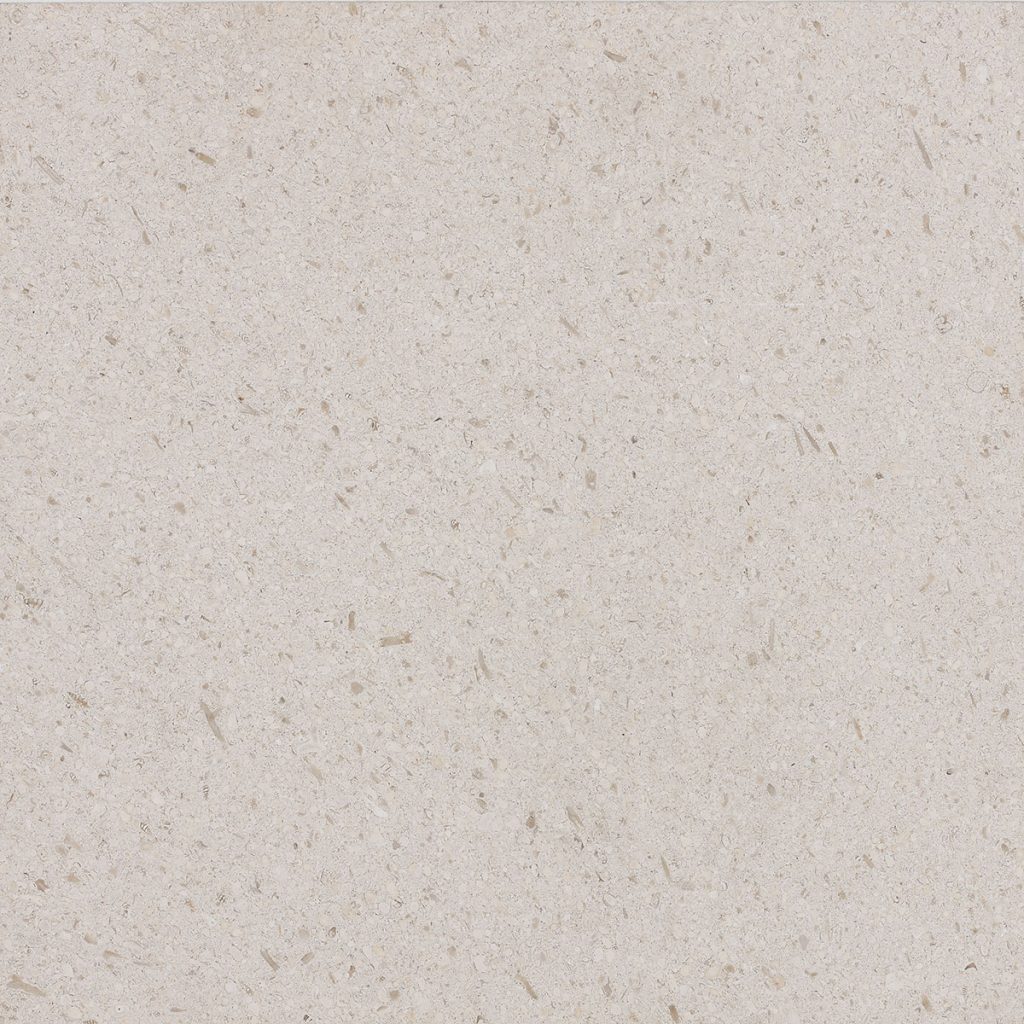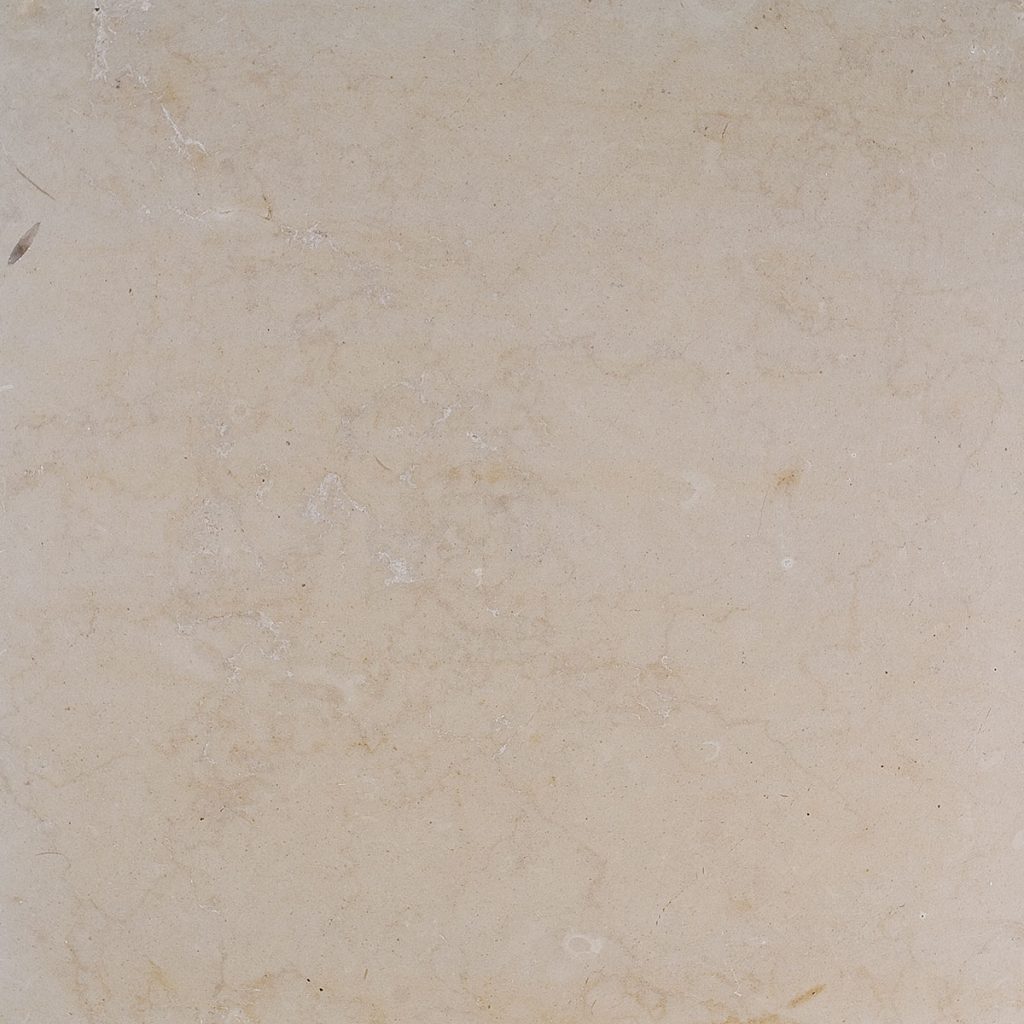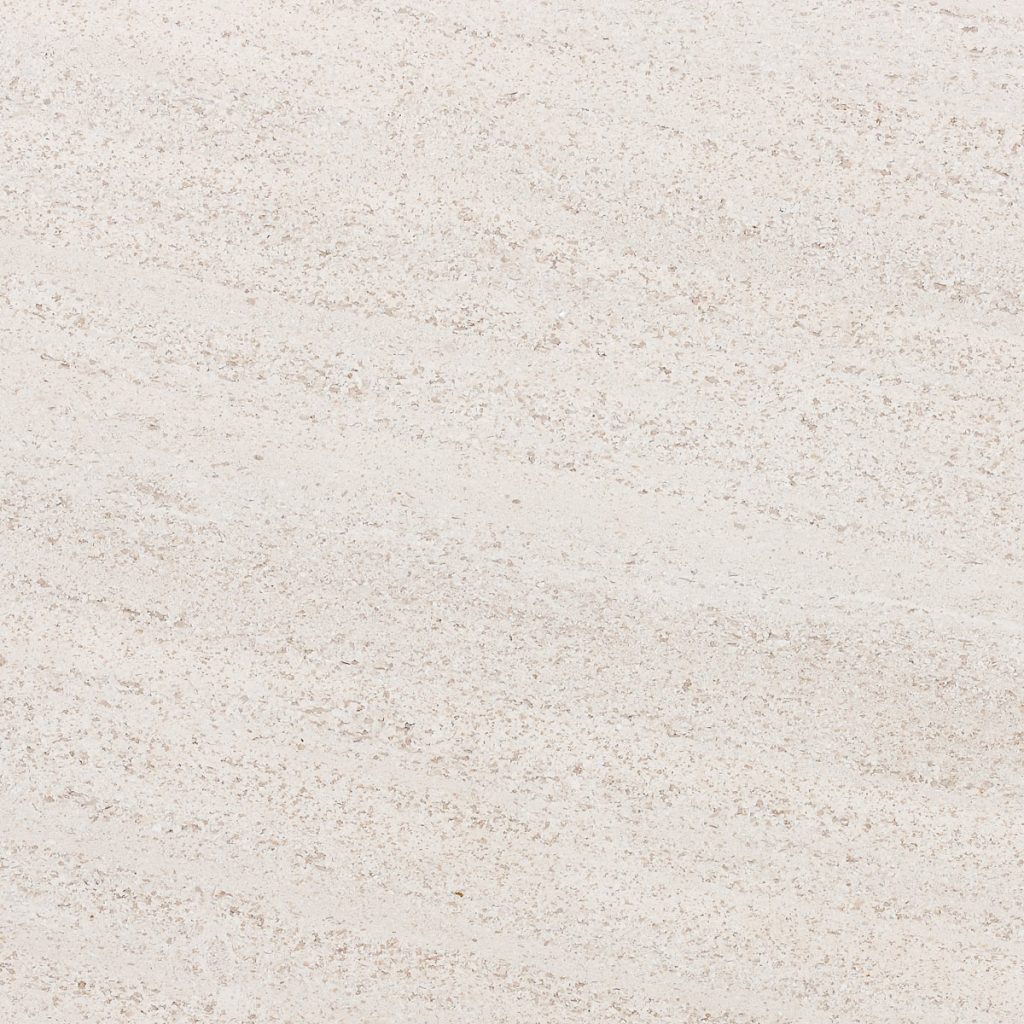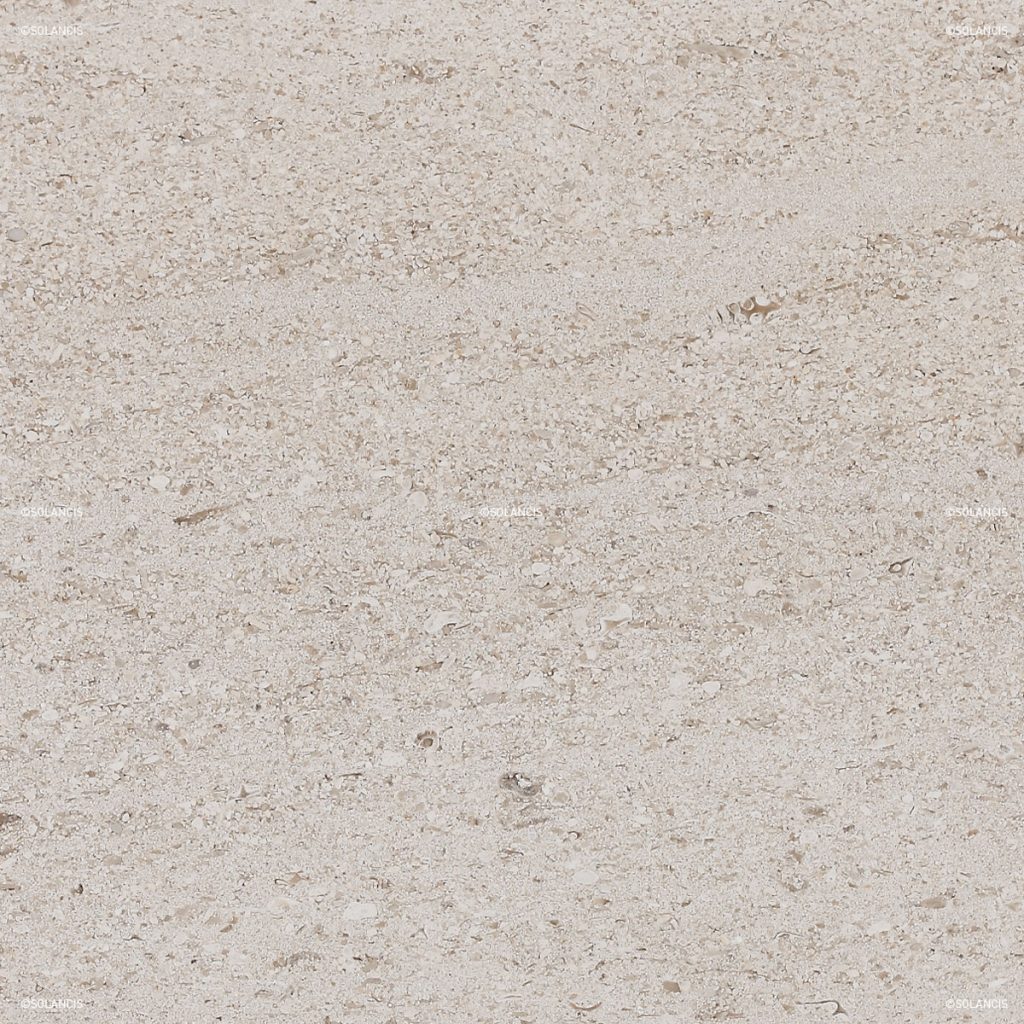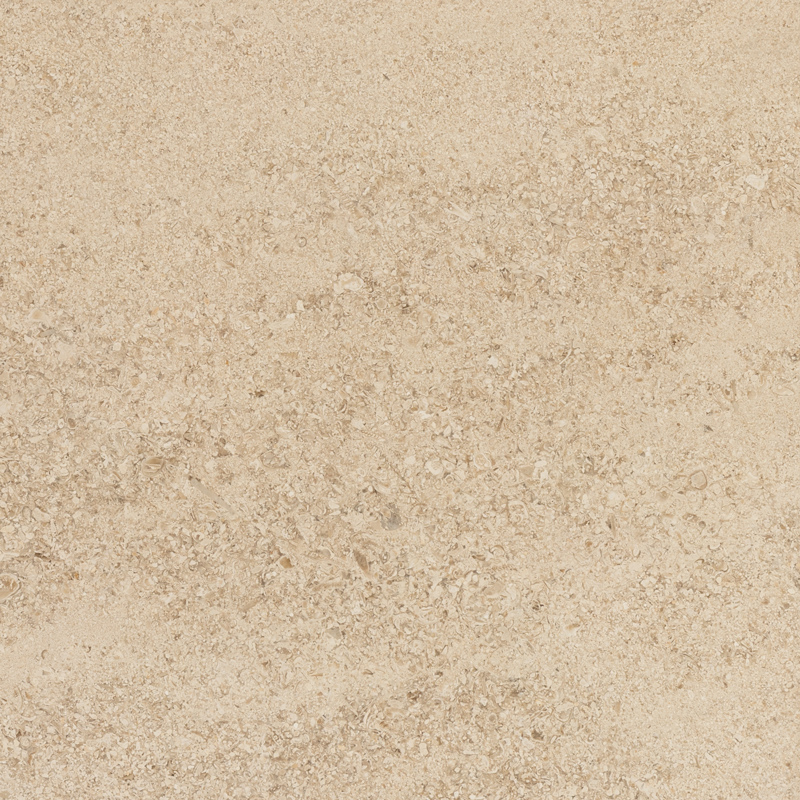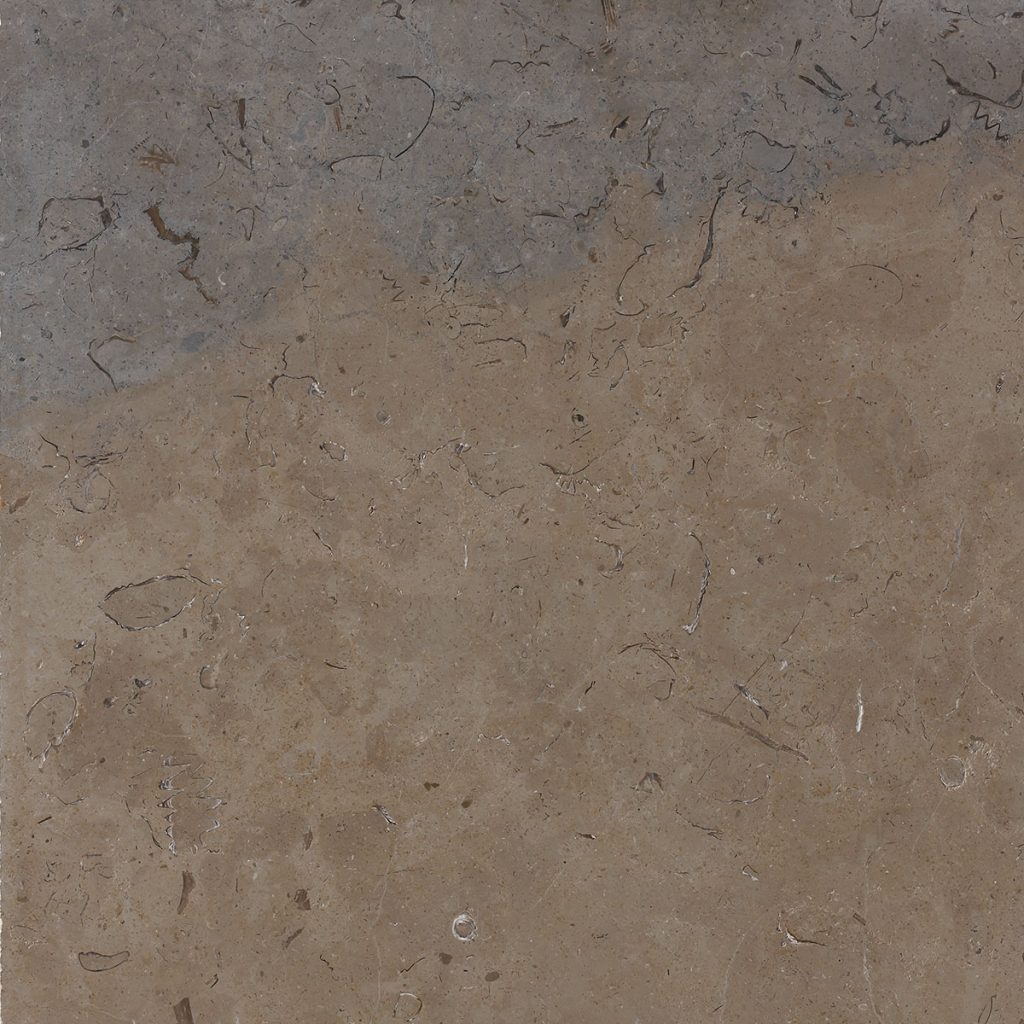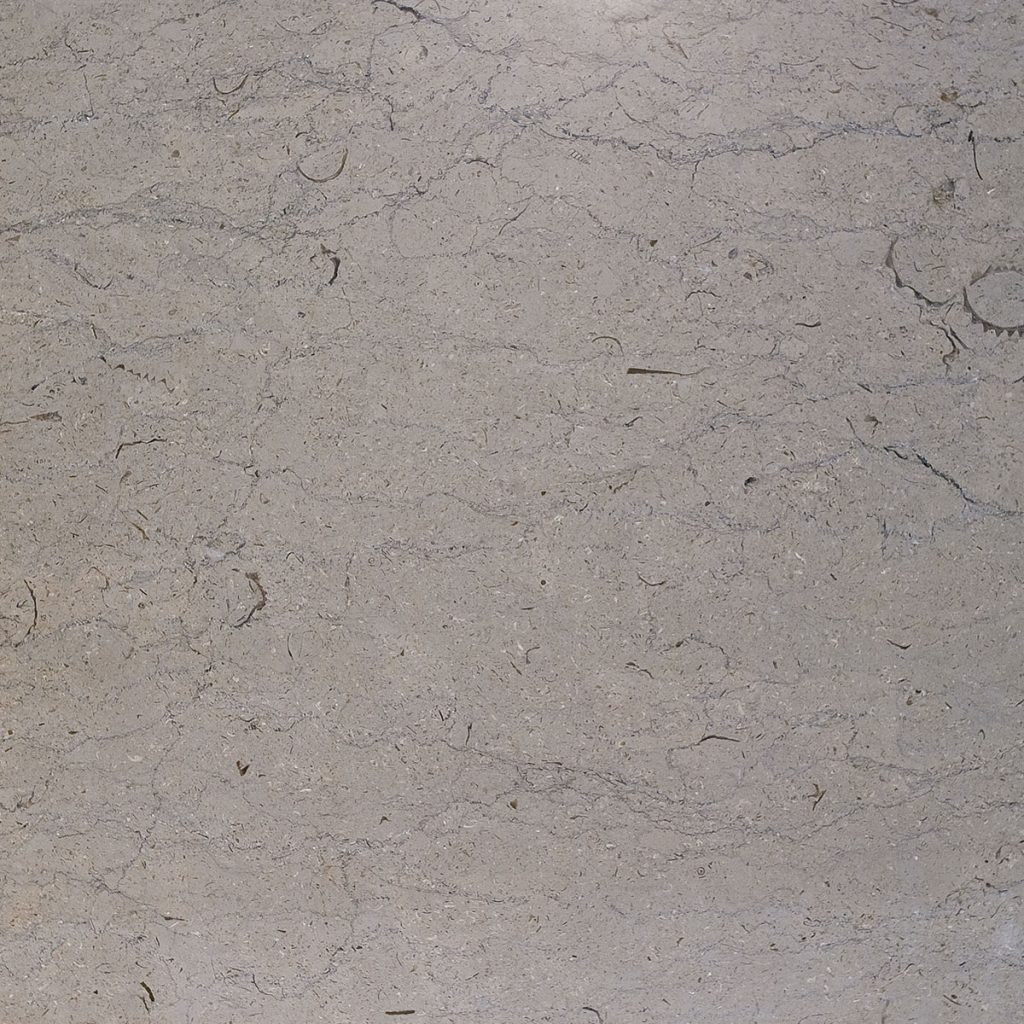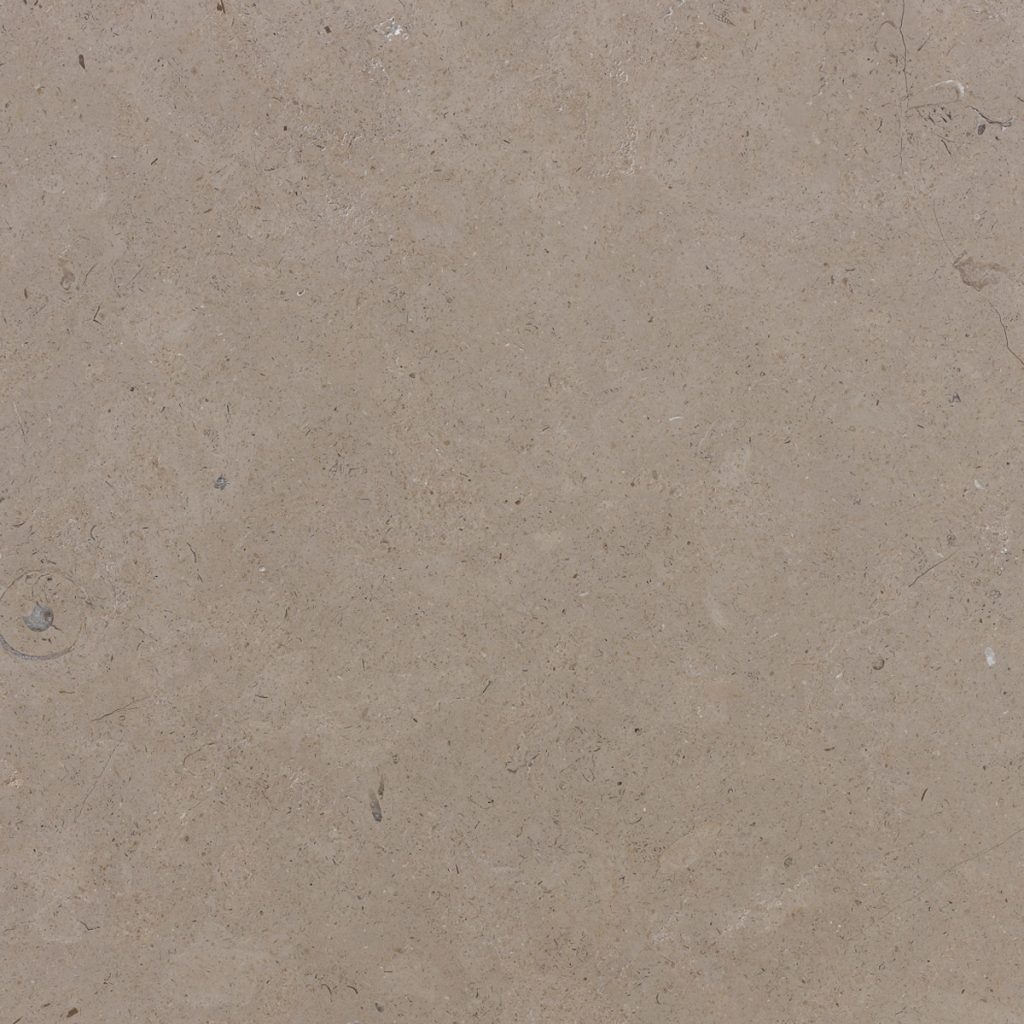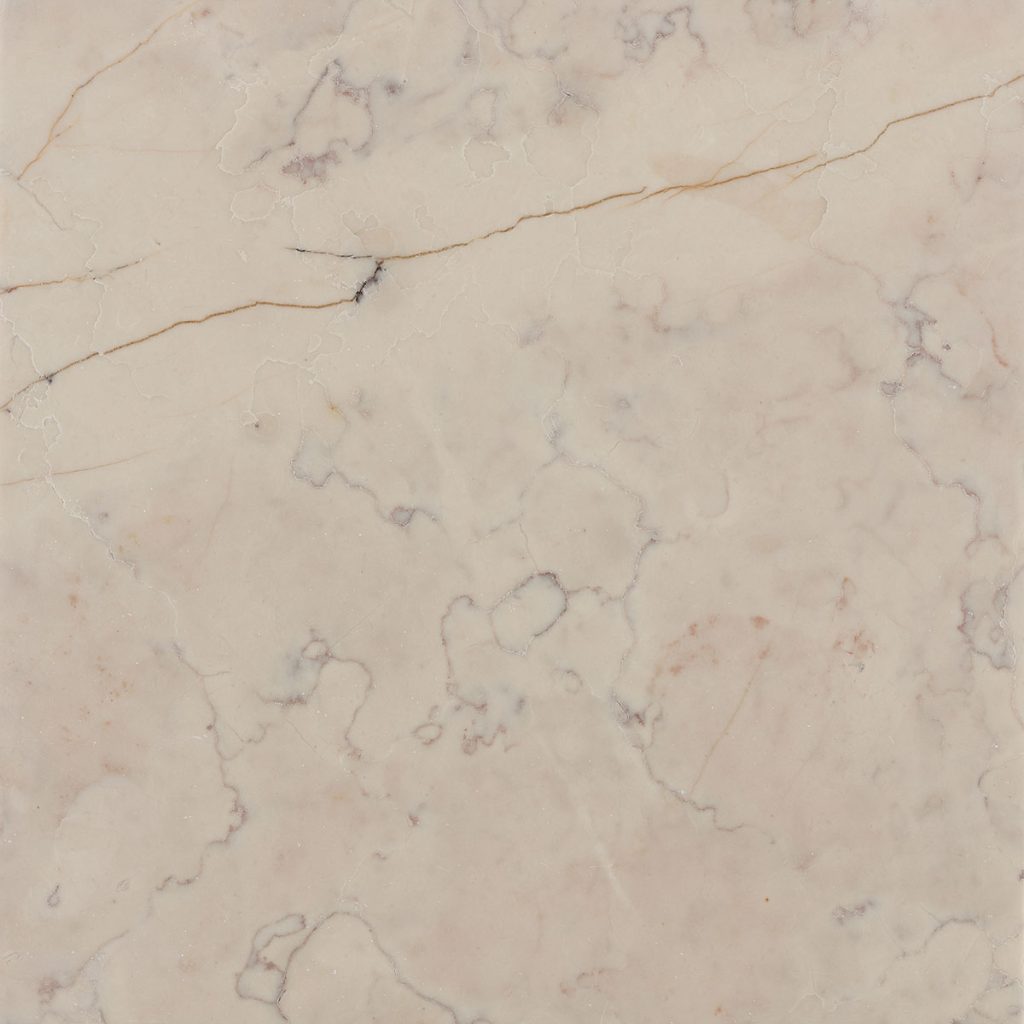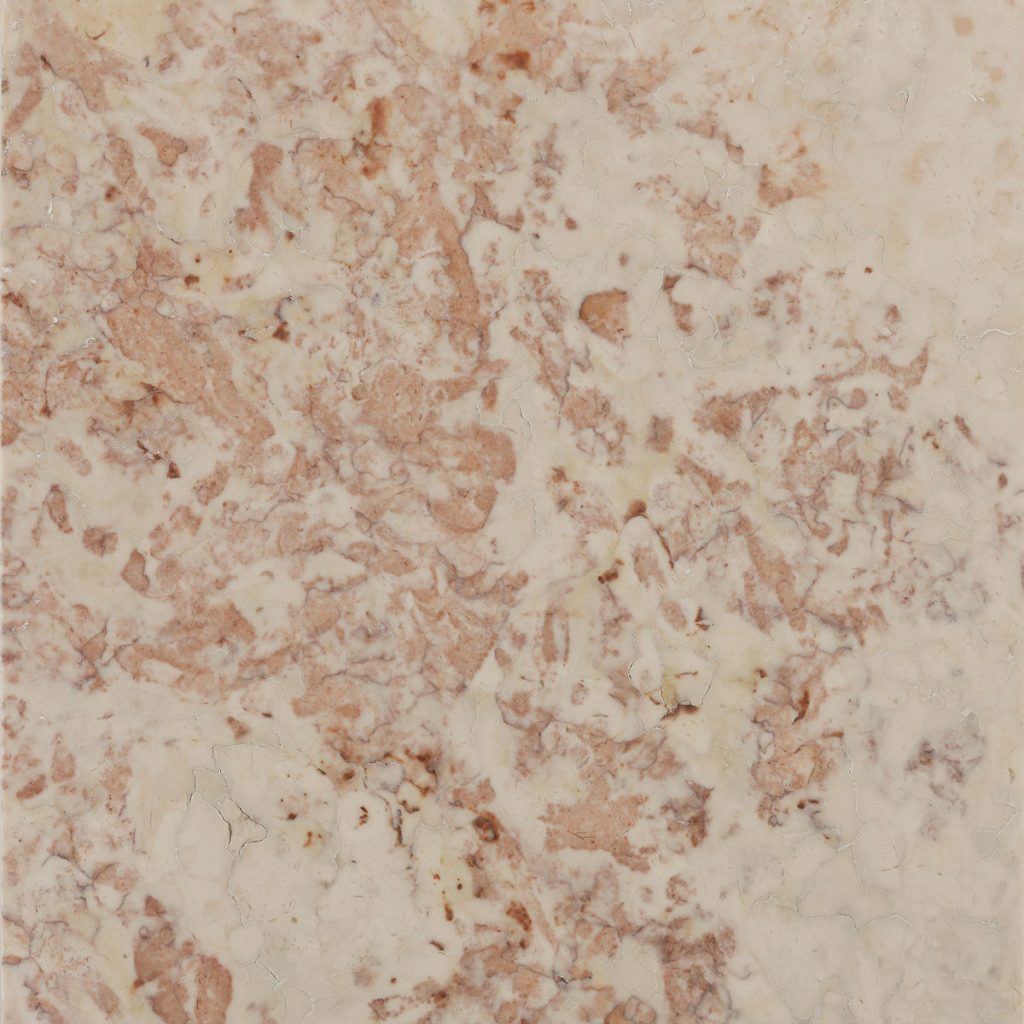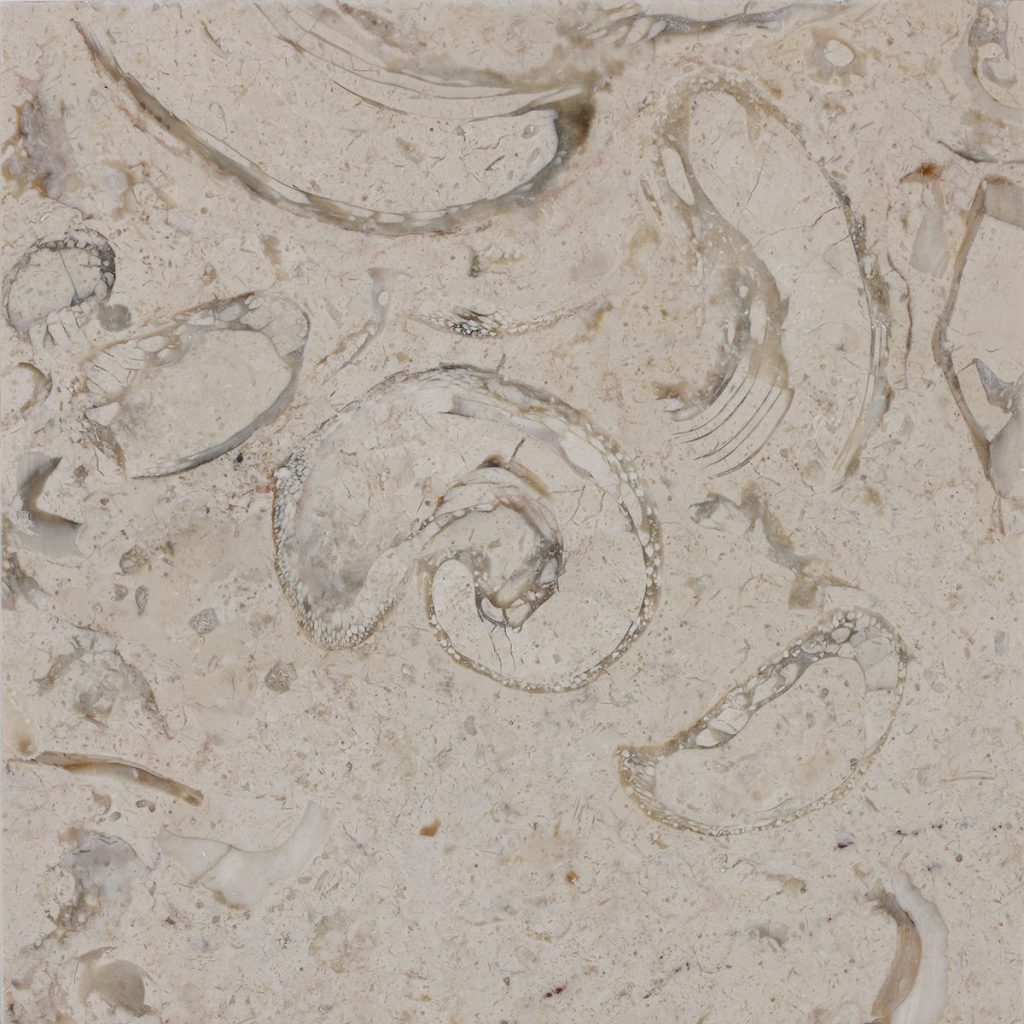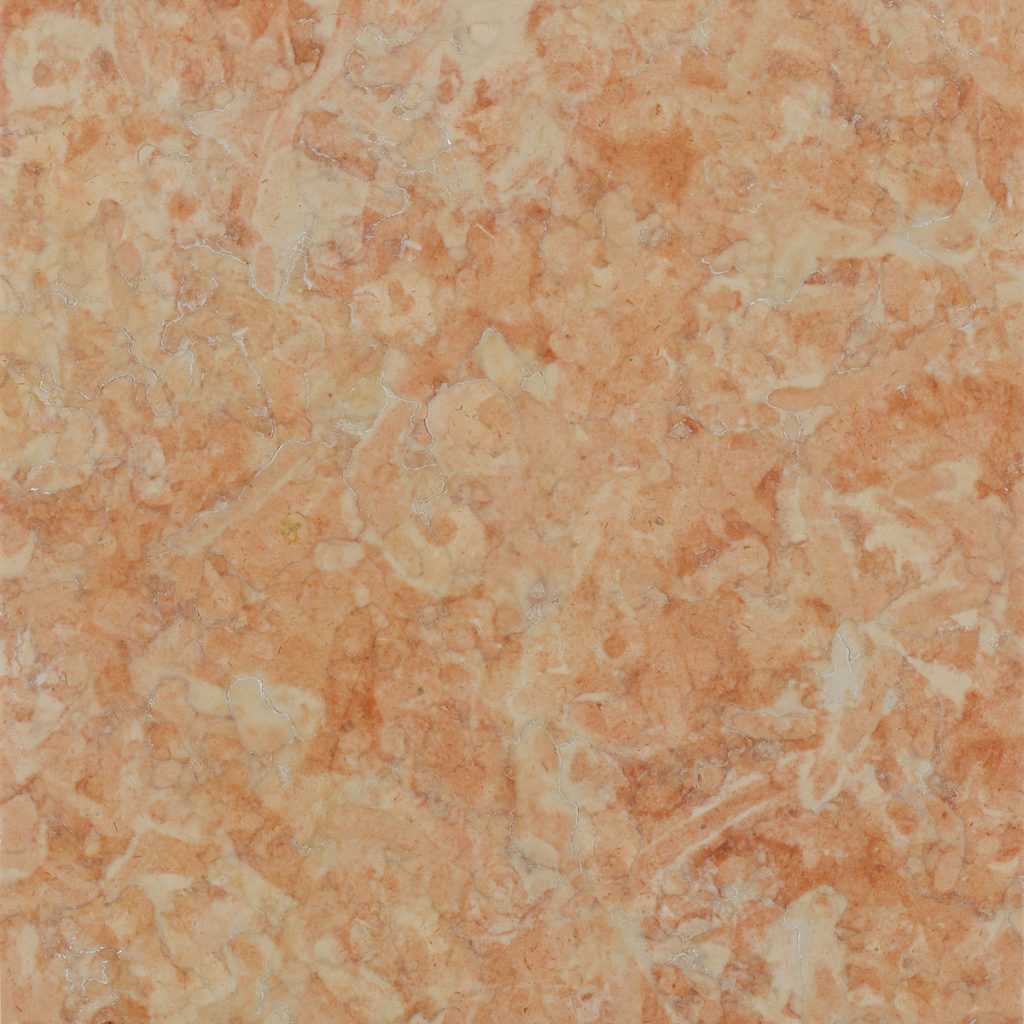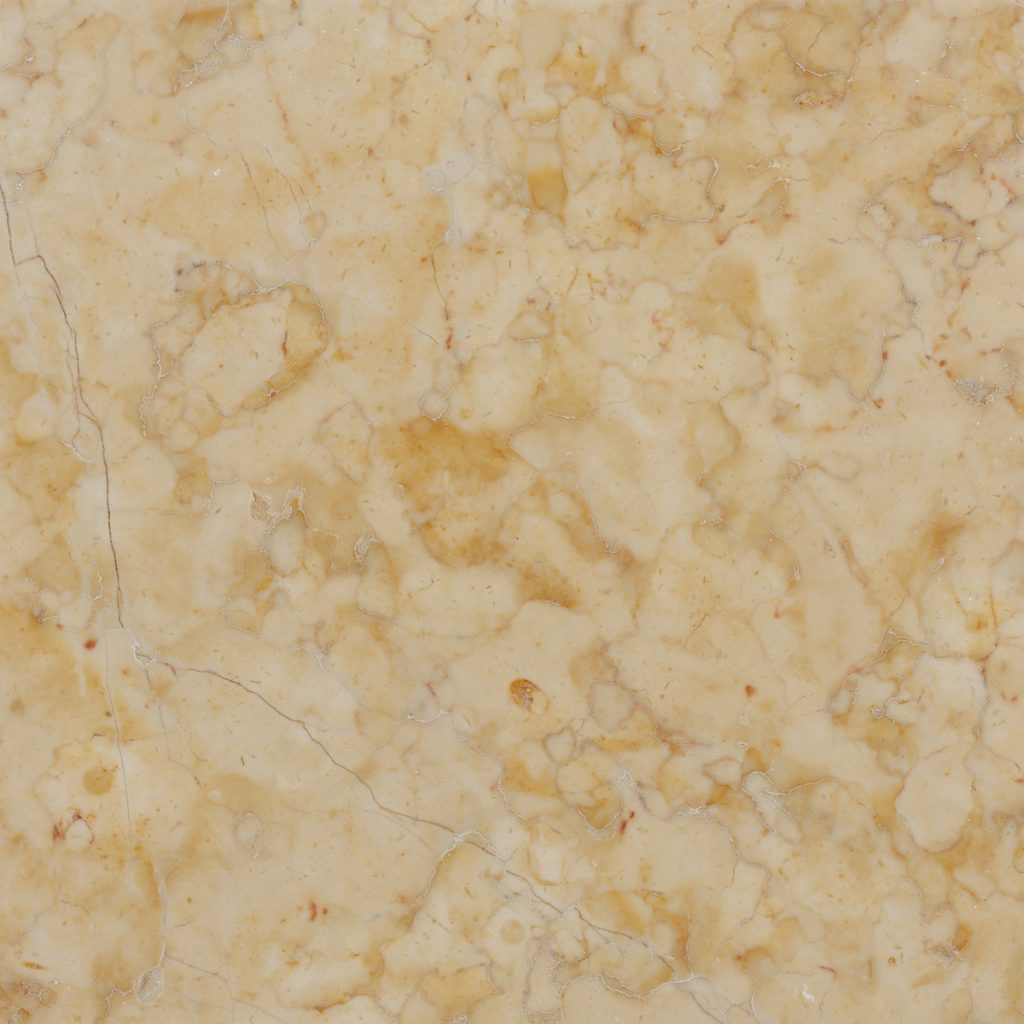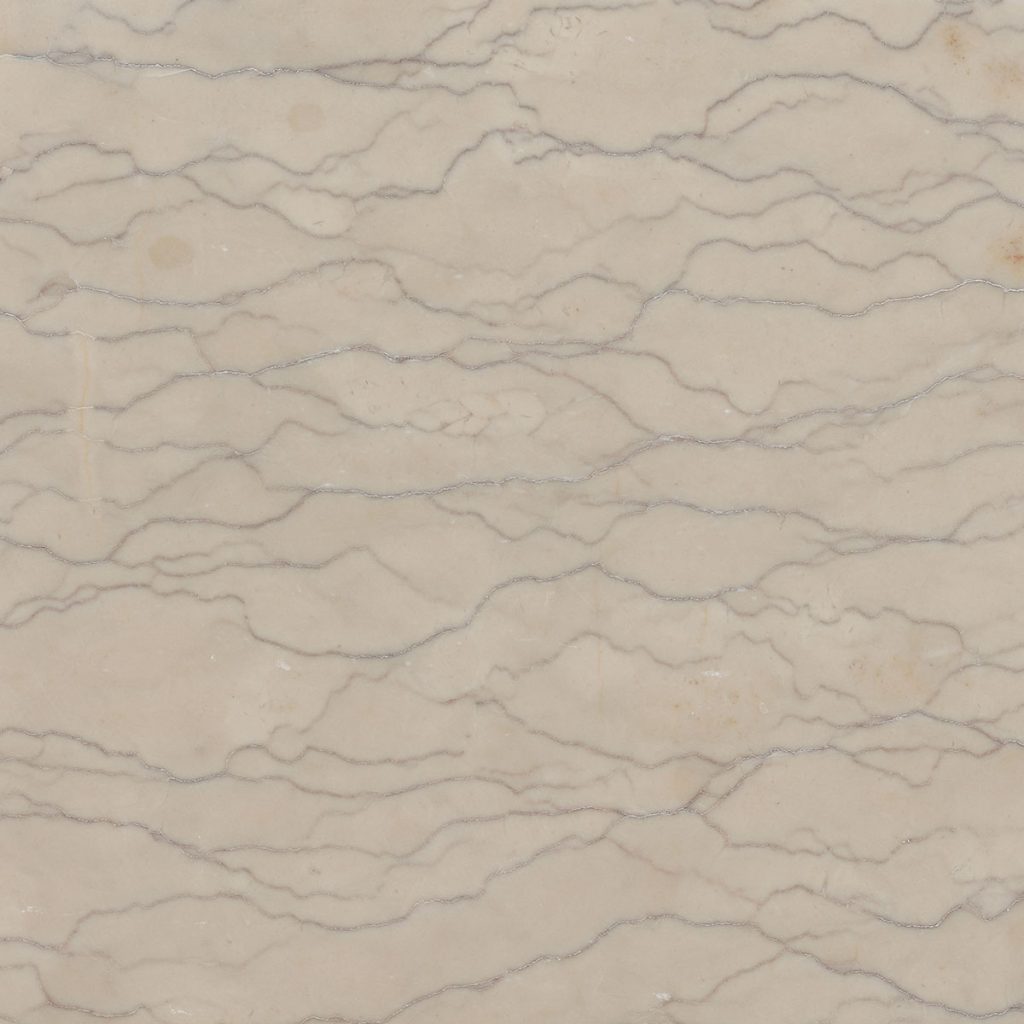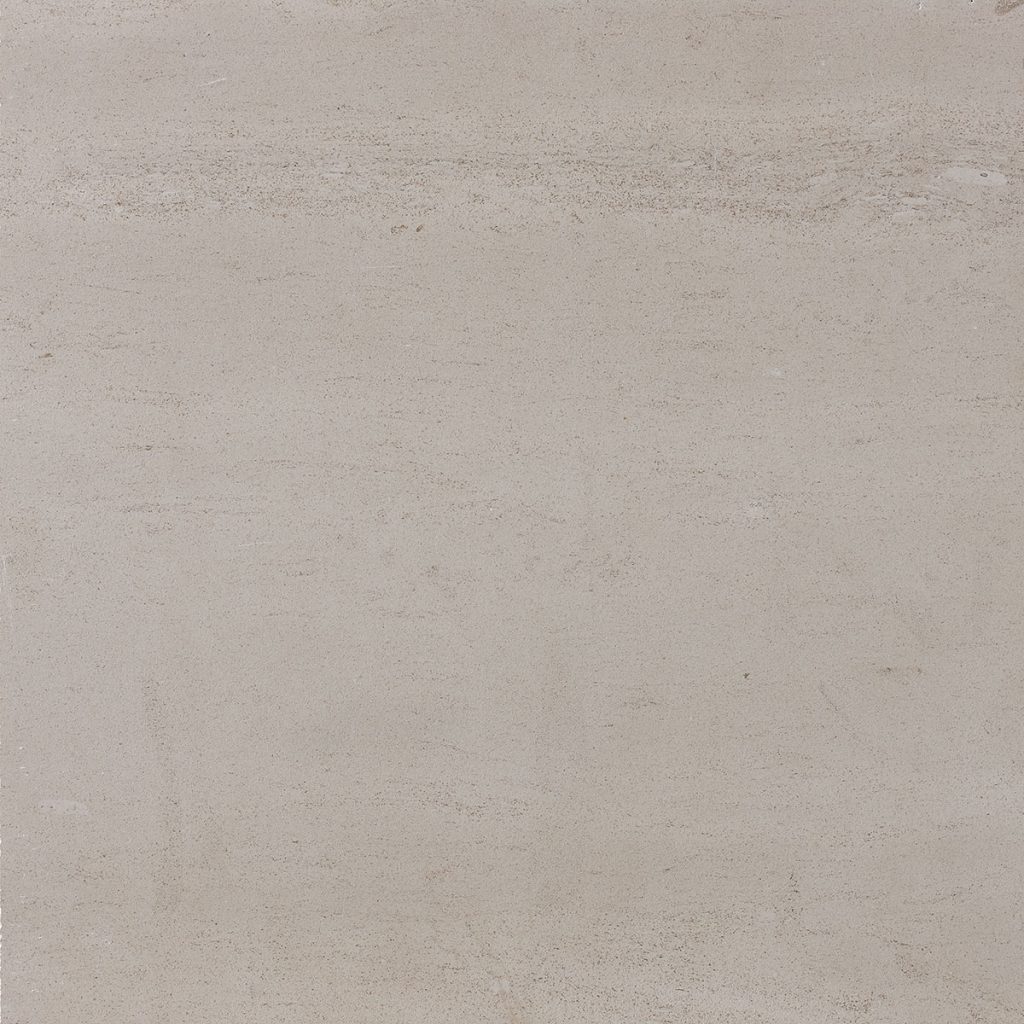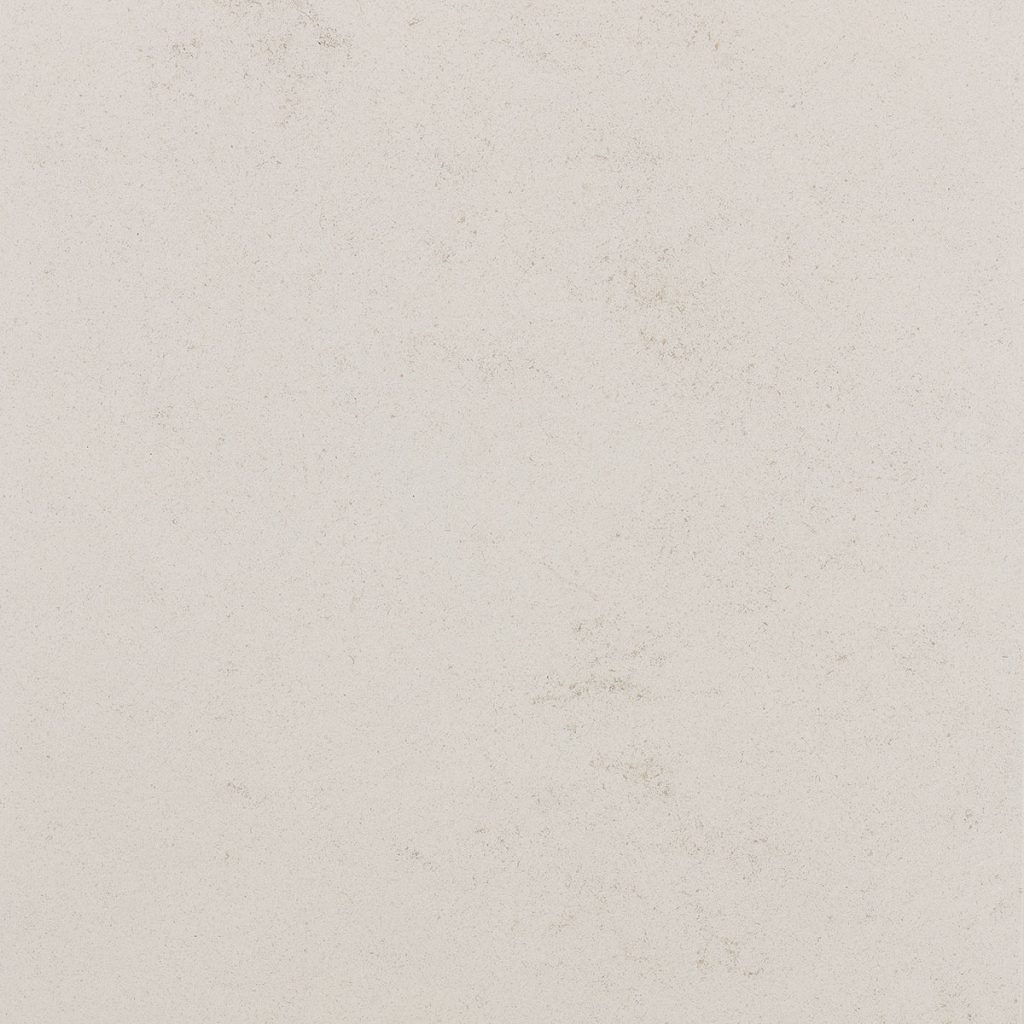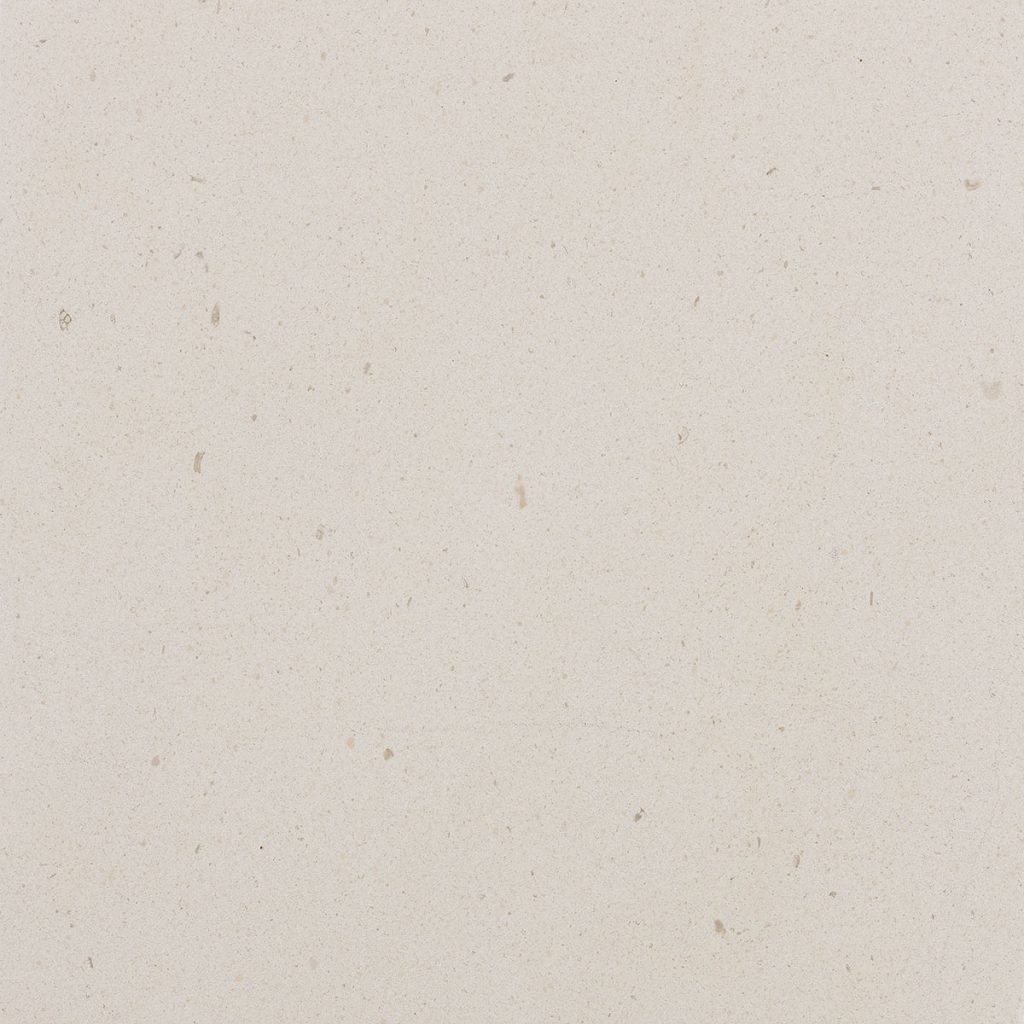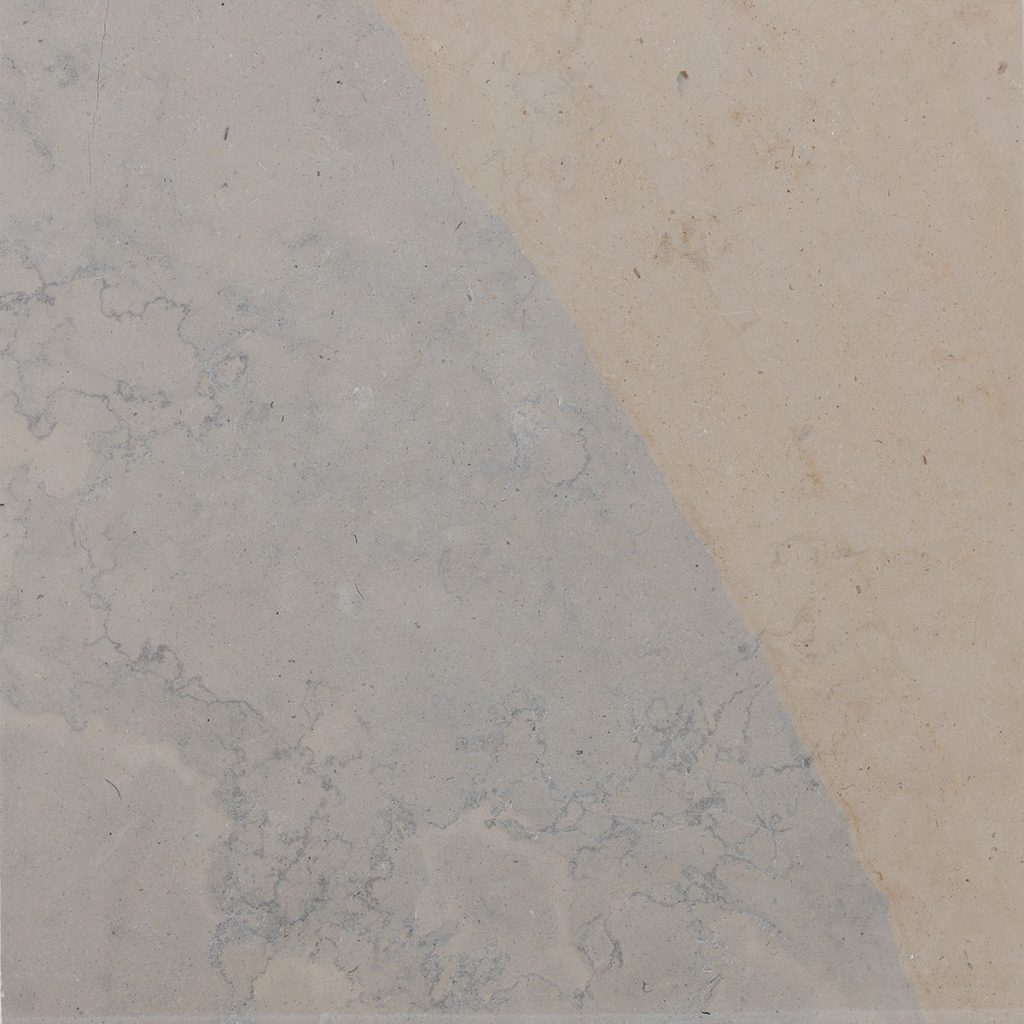Vidraço de Moleanos is the name by which this compact-looking limestone is also known, with two distinct color areas – cream and grey – made up of small to medium-sized darker grains and fossils. Due to its versatility and high hardness, it is suitable for façades, stonework and floors subject to high traffic.
Beige-colored limestone with a homogeneous appearance, fine to medium-sized brownish grains and small, widely dispersed fossils of a darker hue. Of medium hardness, it is suitable for interior and exterior cladding and for floors with high traffic.
Light pink limestone with bluish veins. Its color varies according to mineral contamination. It is a stone with a tradition in Portugal, present in many historic buildings.
Light beige limestone with medium to large dark brown spots. It is a medium-hard stone with a wide range of uses, and can be used for interior and exterior cladding and flooring subject to high traffic.
Beige limestone with a compact appearance, fine to medium-sized brownish grains and scattered brownish fossils. Its high hardness and versatility make it ideal for stonework, exterior paving and façades.
Light beige limestone with a compact appearance, medium to coarse brownish grains and medium-sized, widely dispersed brownish fossils. Its medium hardness and versatility make it ideal for use on façades and interior cladding, as well as on floors subject to high traffic.
Beige Fino is a light beige limestone with a very compact and homogeneous appearance, with the presence of fine brownish grains and scattered agglomerates. Its characteristic medium hardness makes it suitable for flooring and interior cladding.

